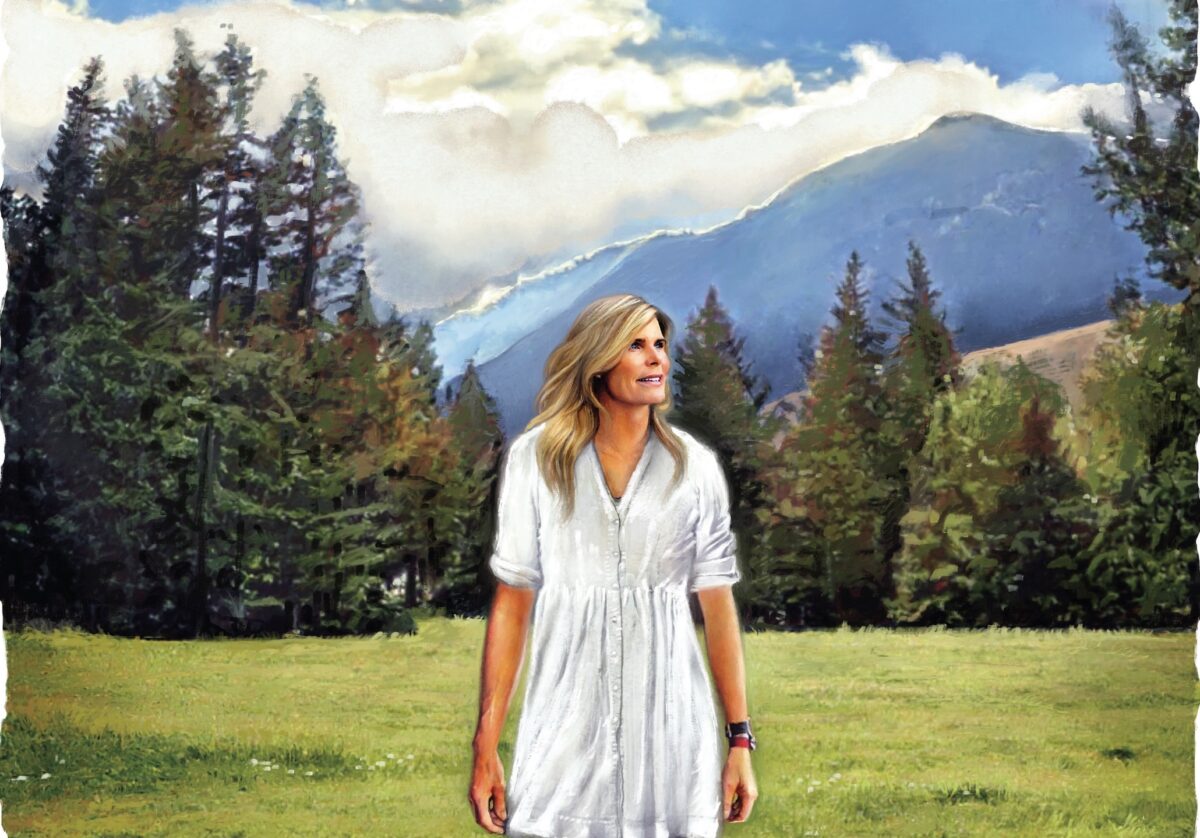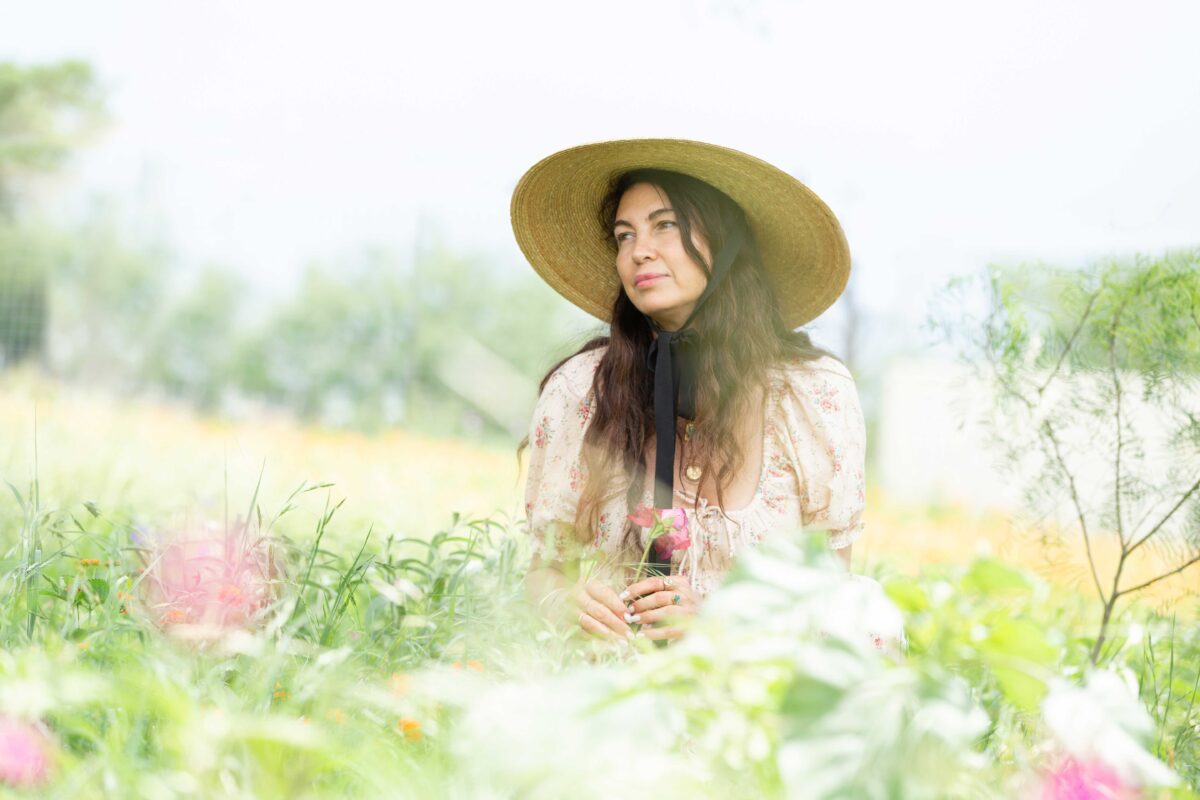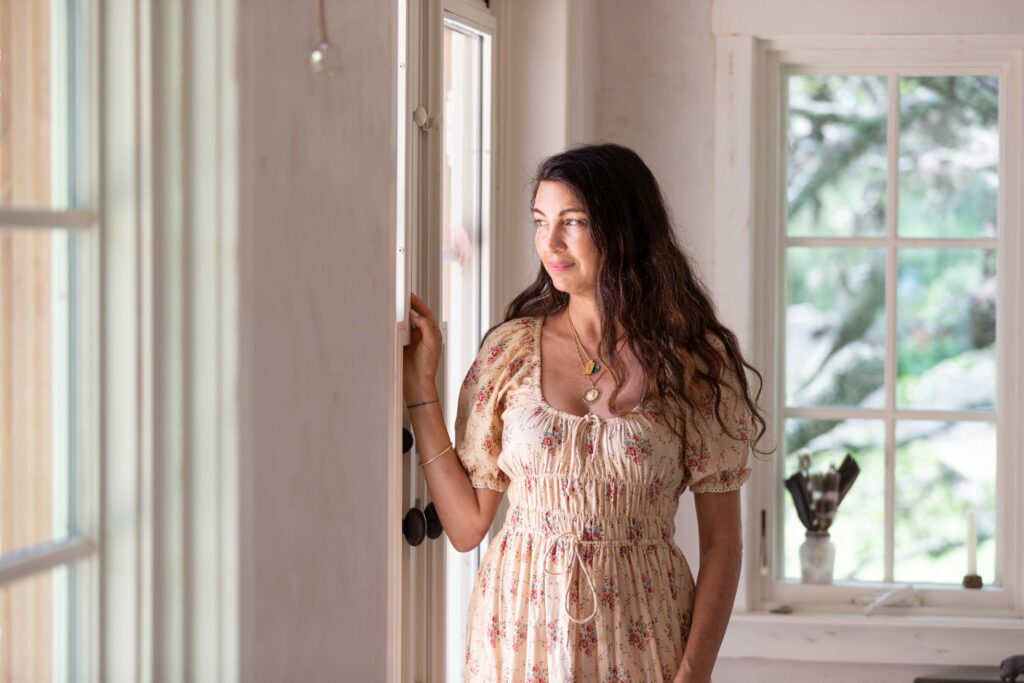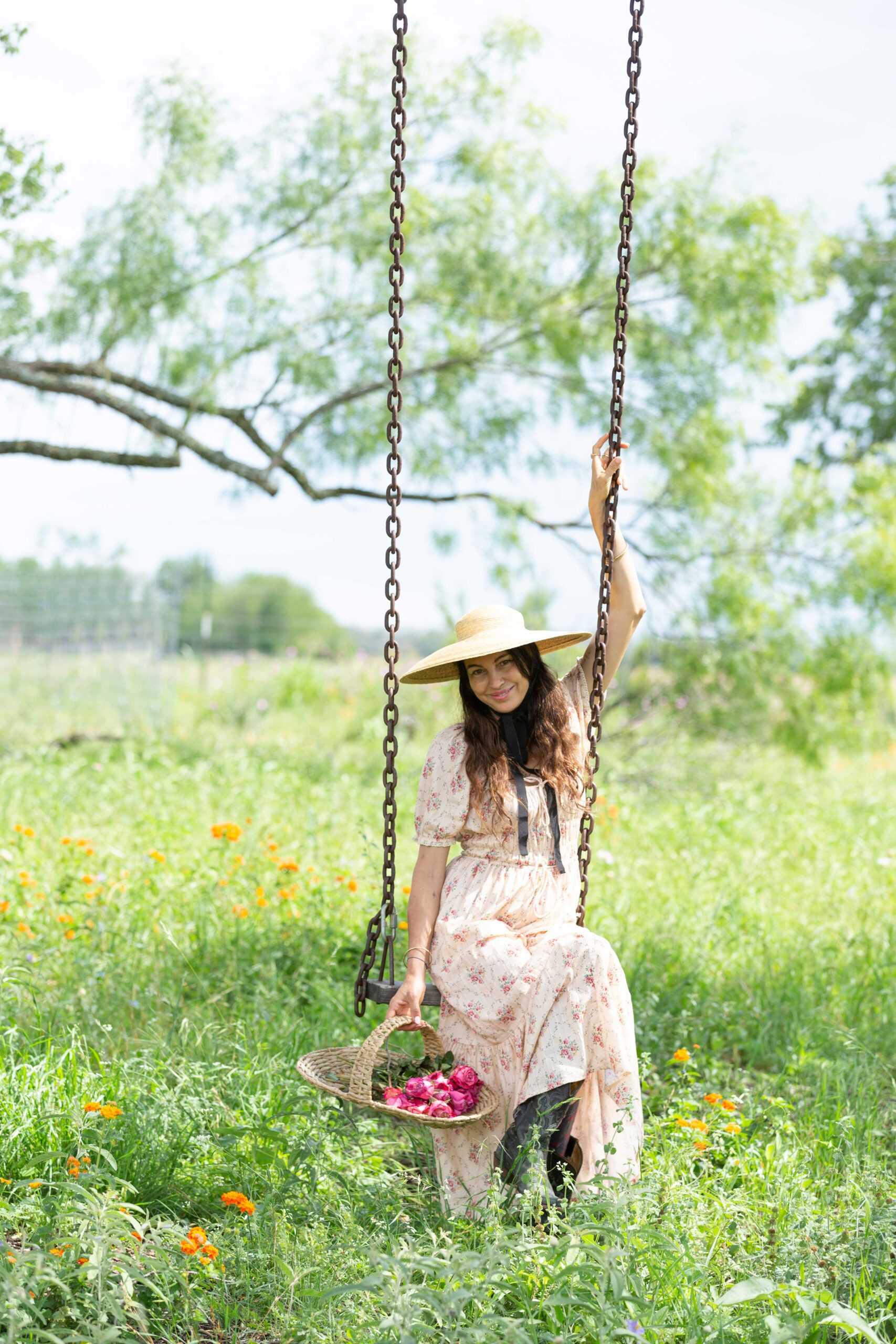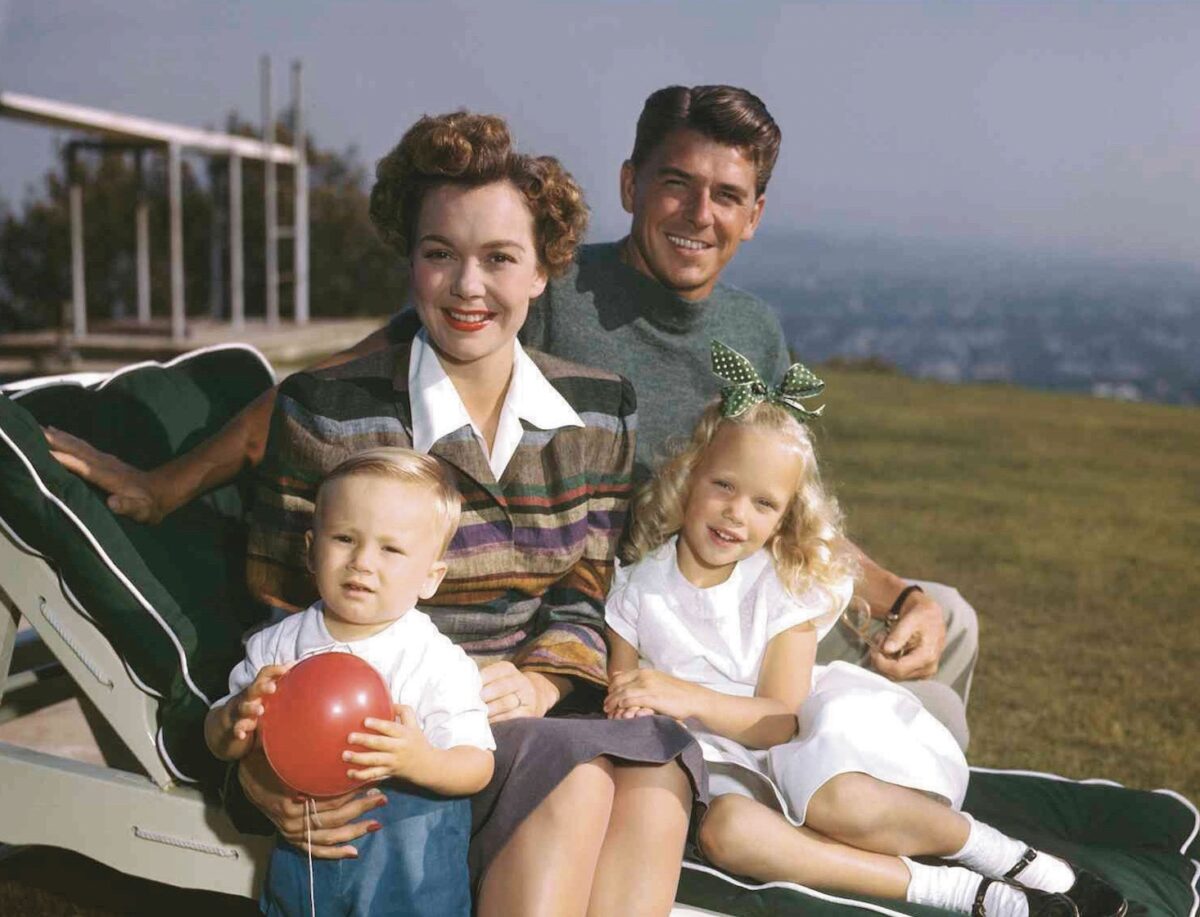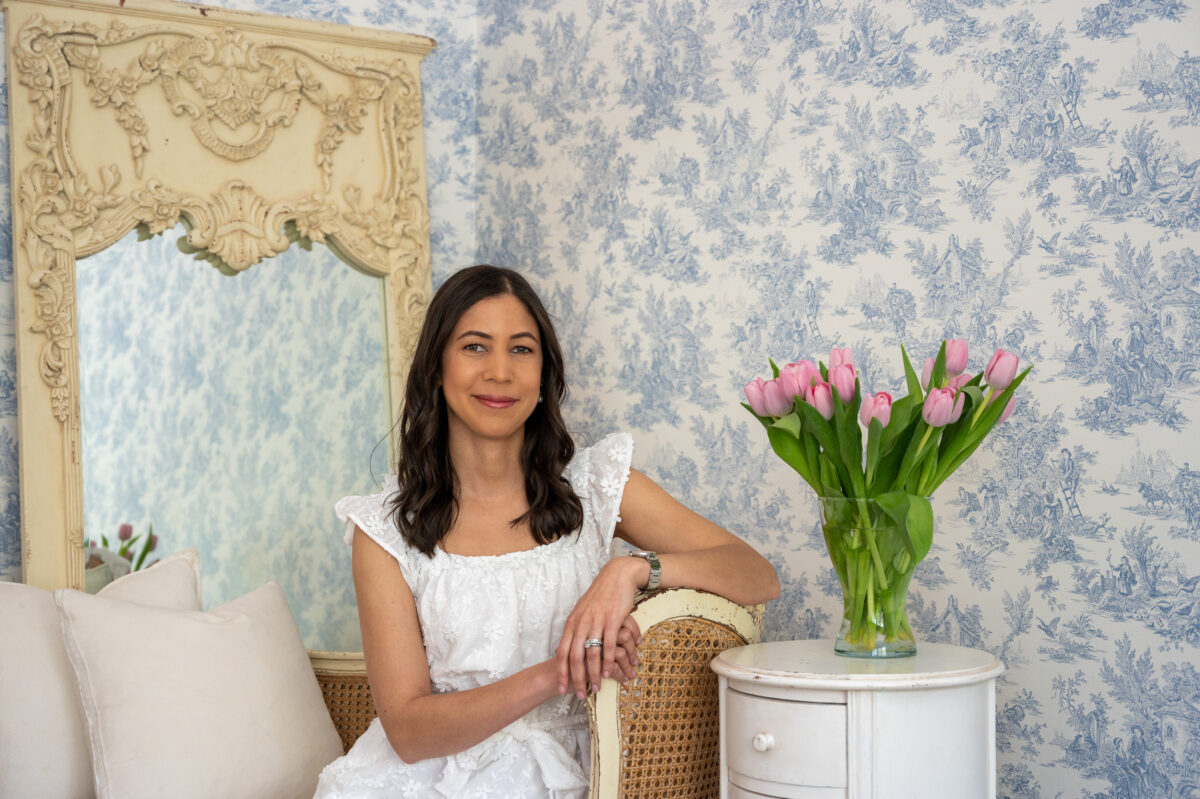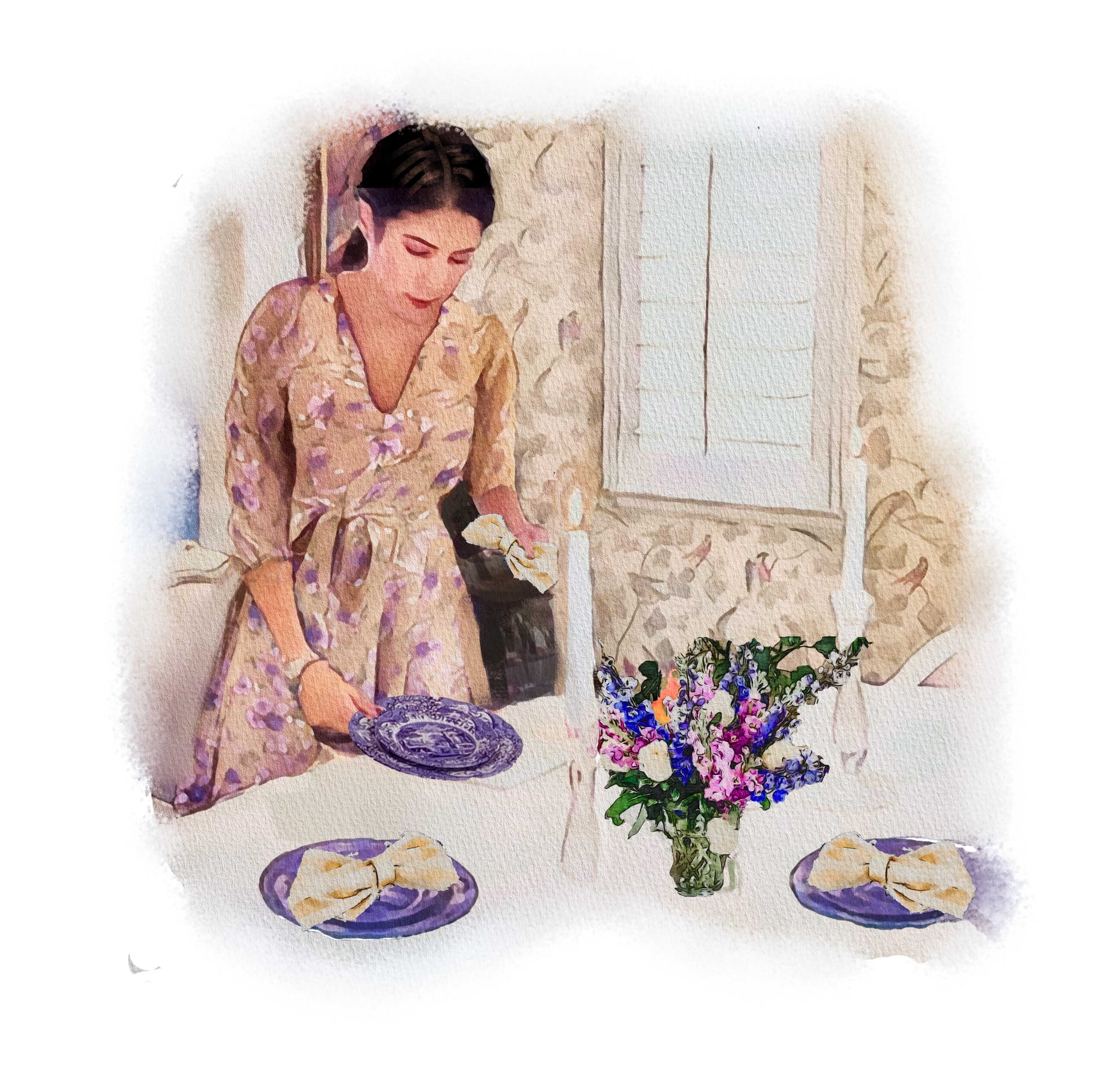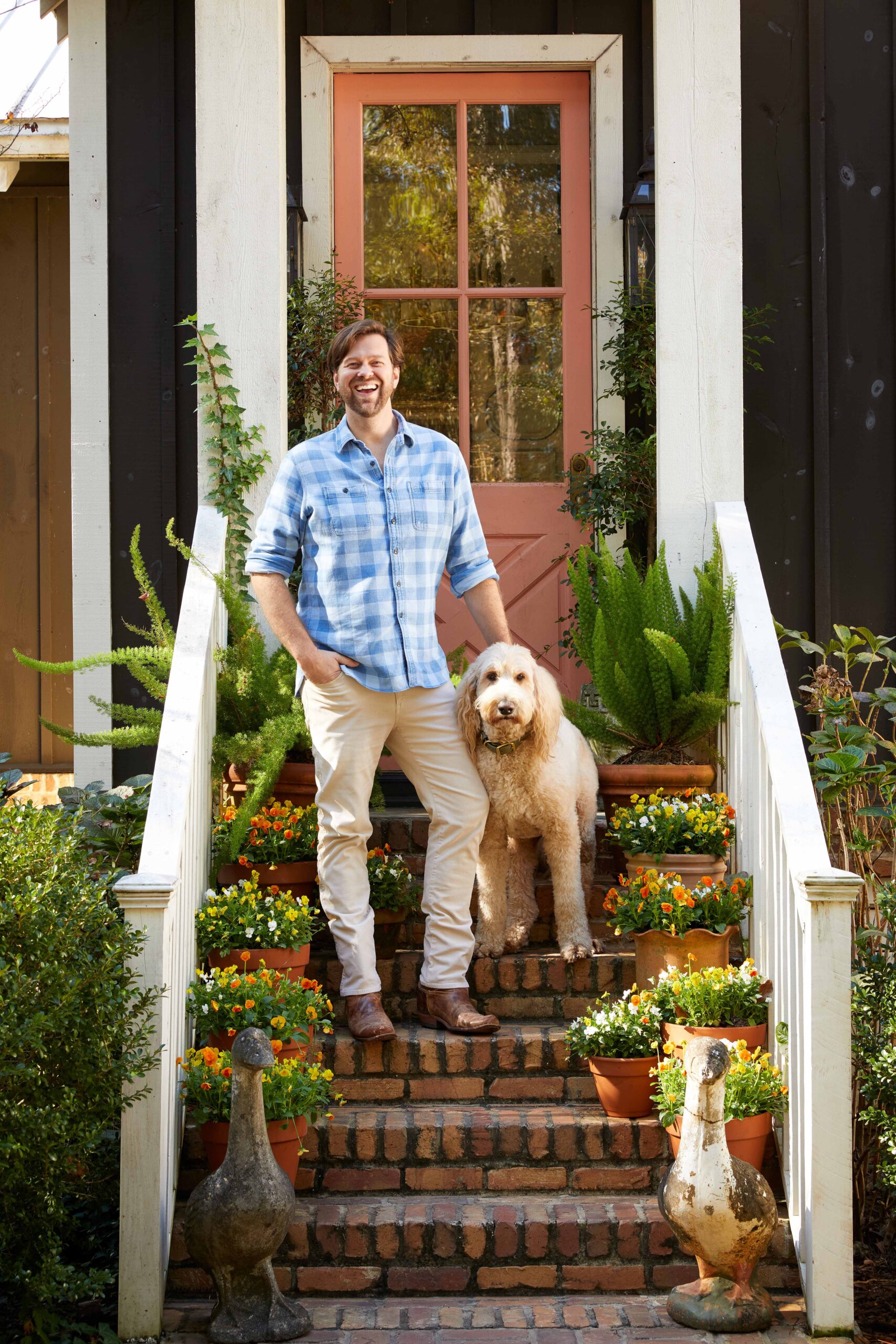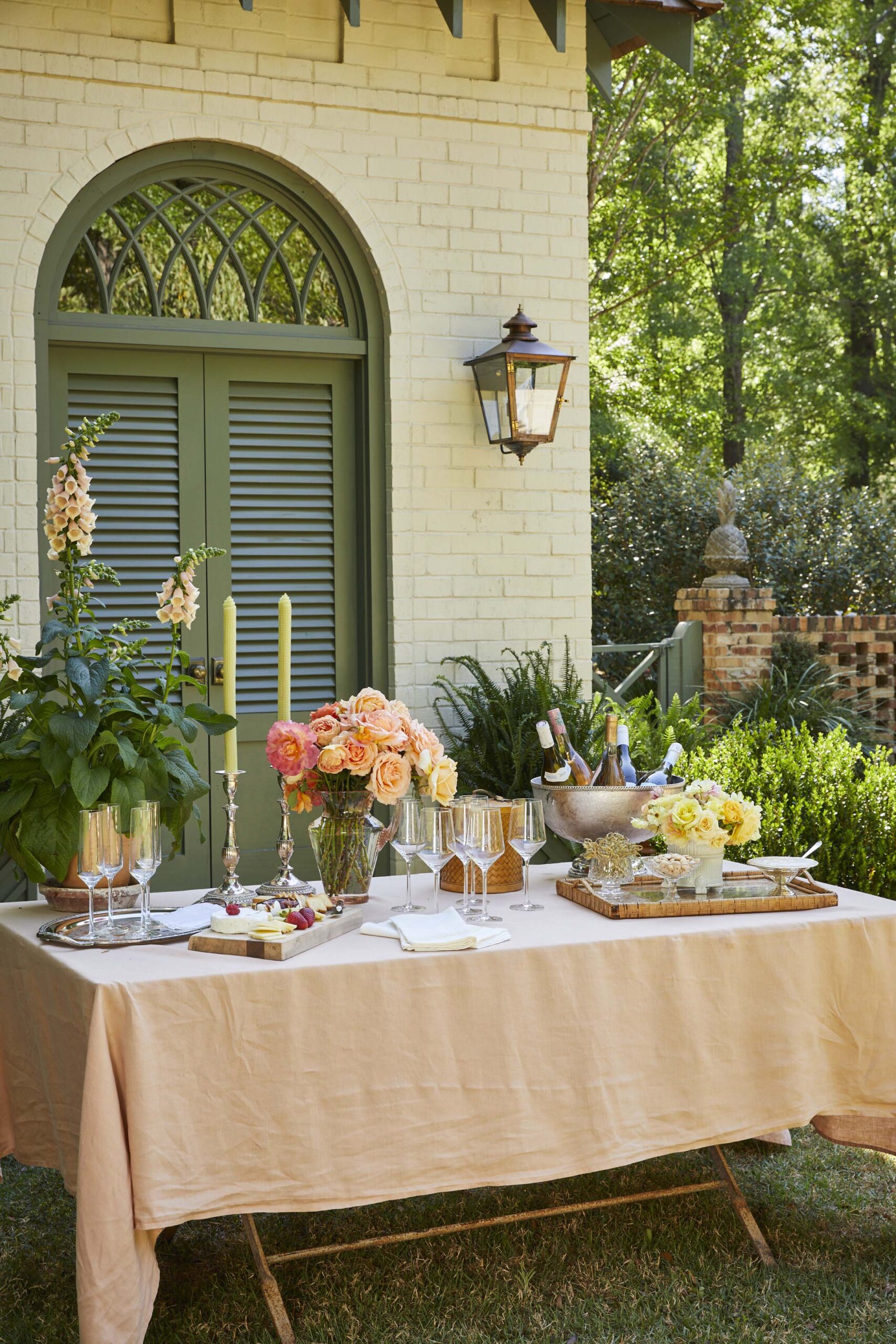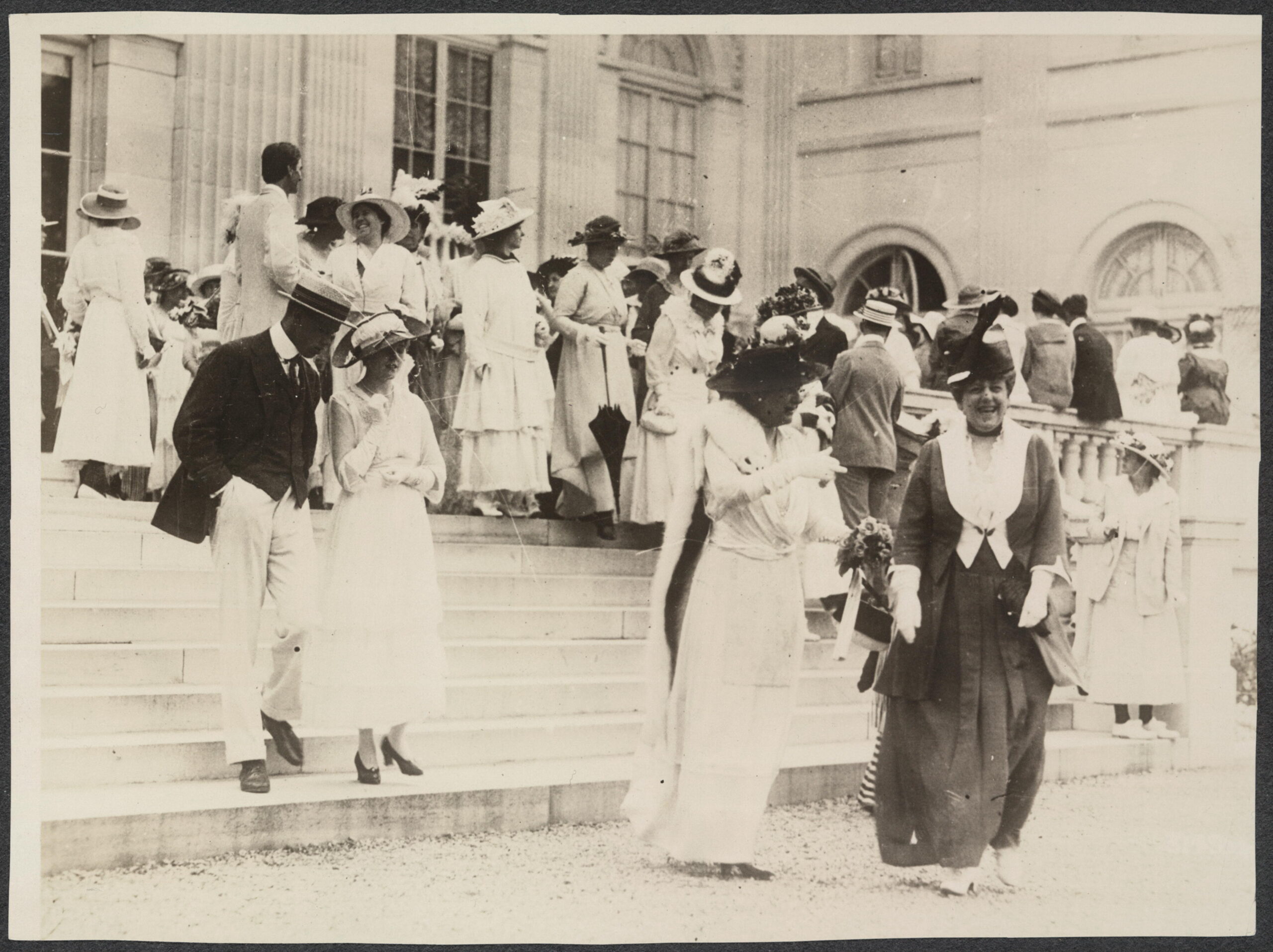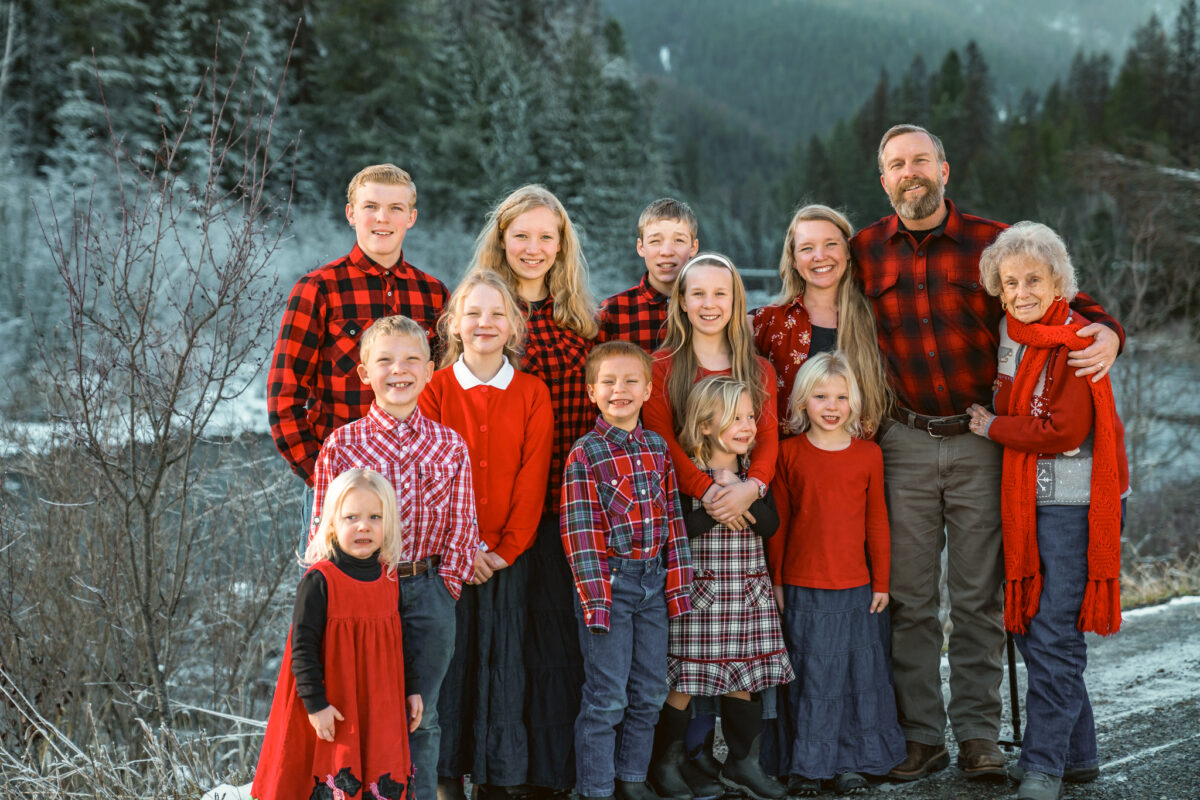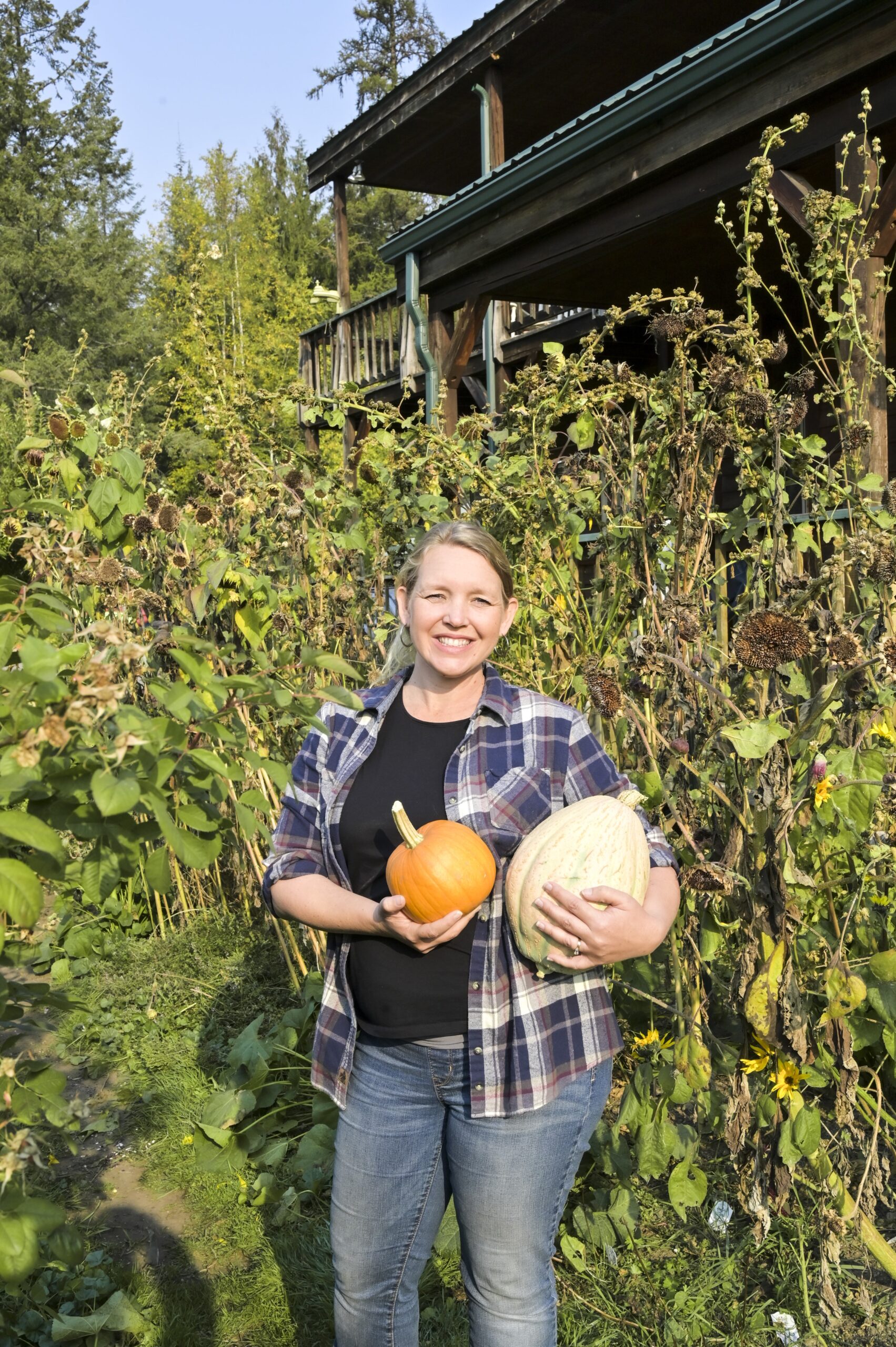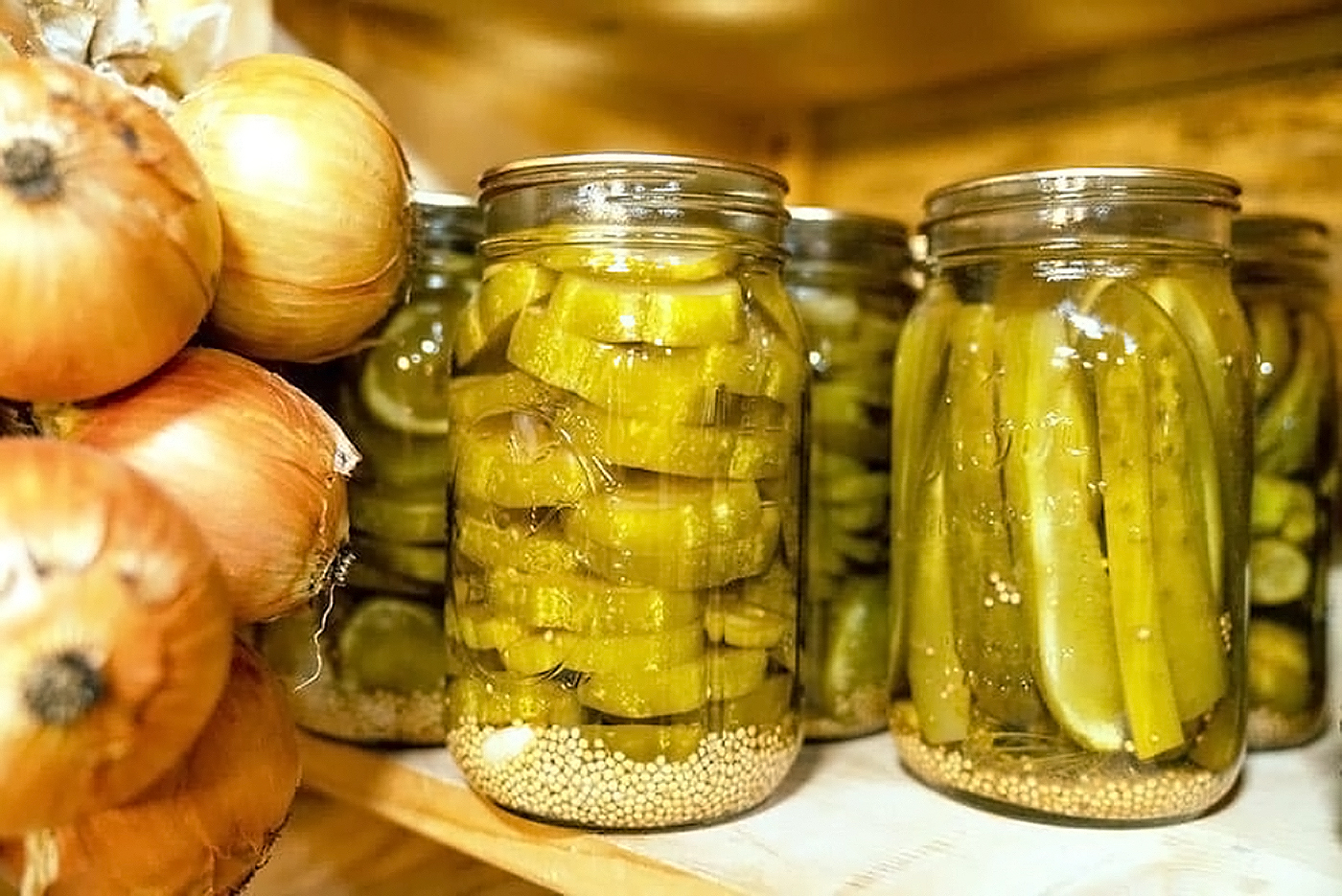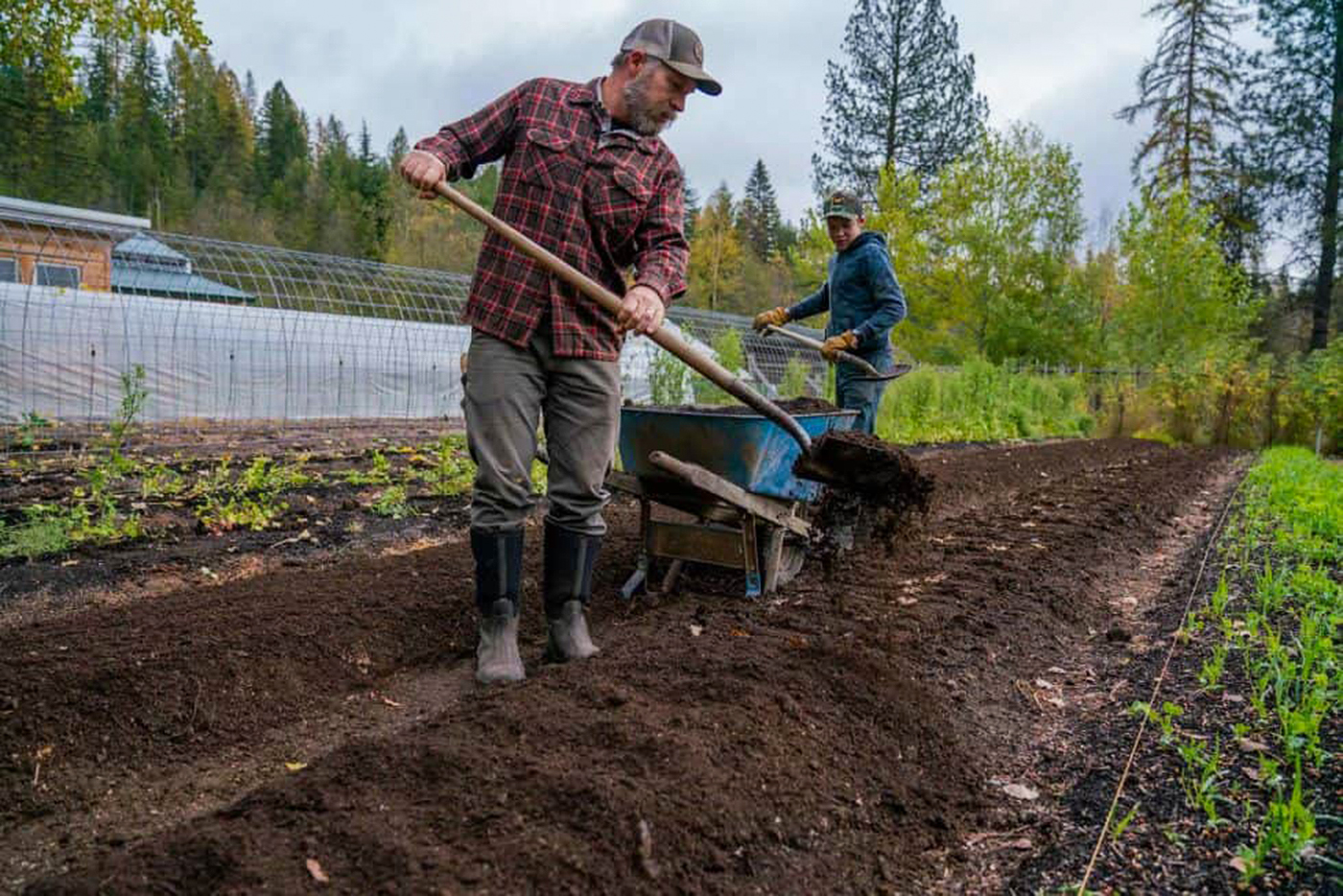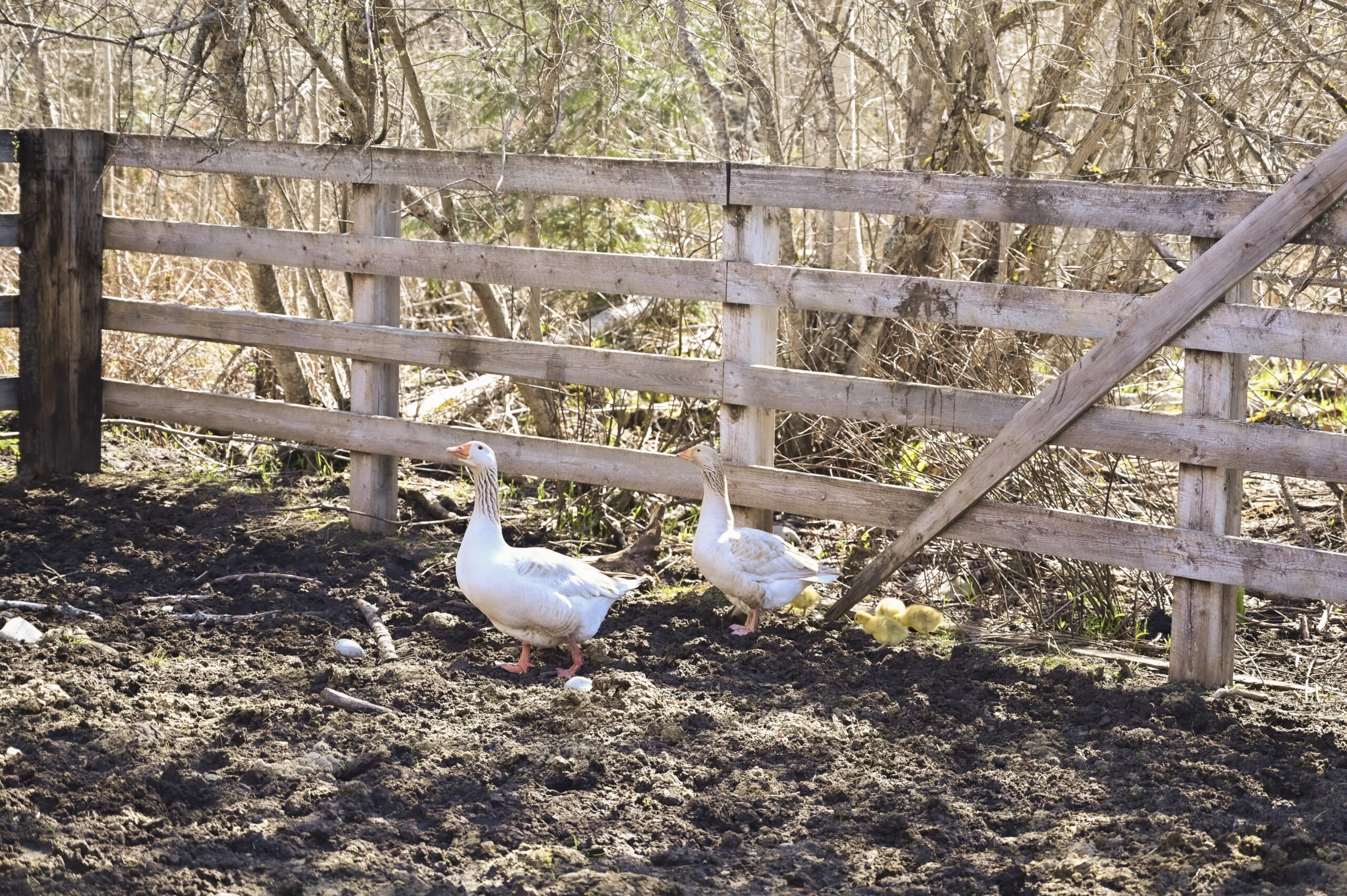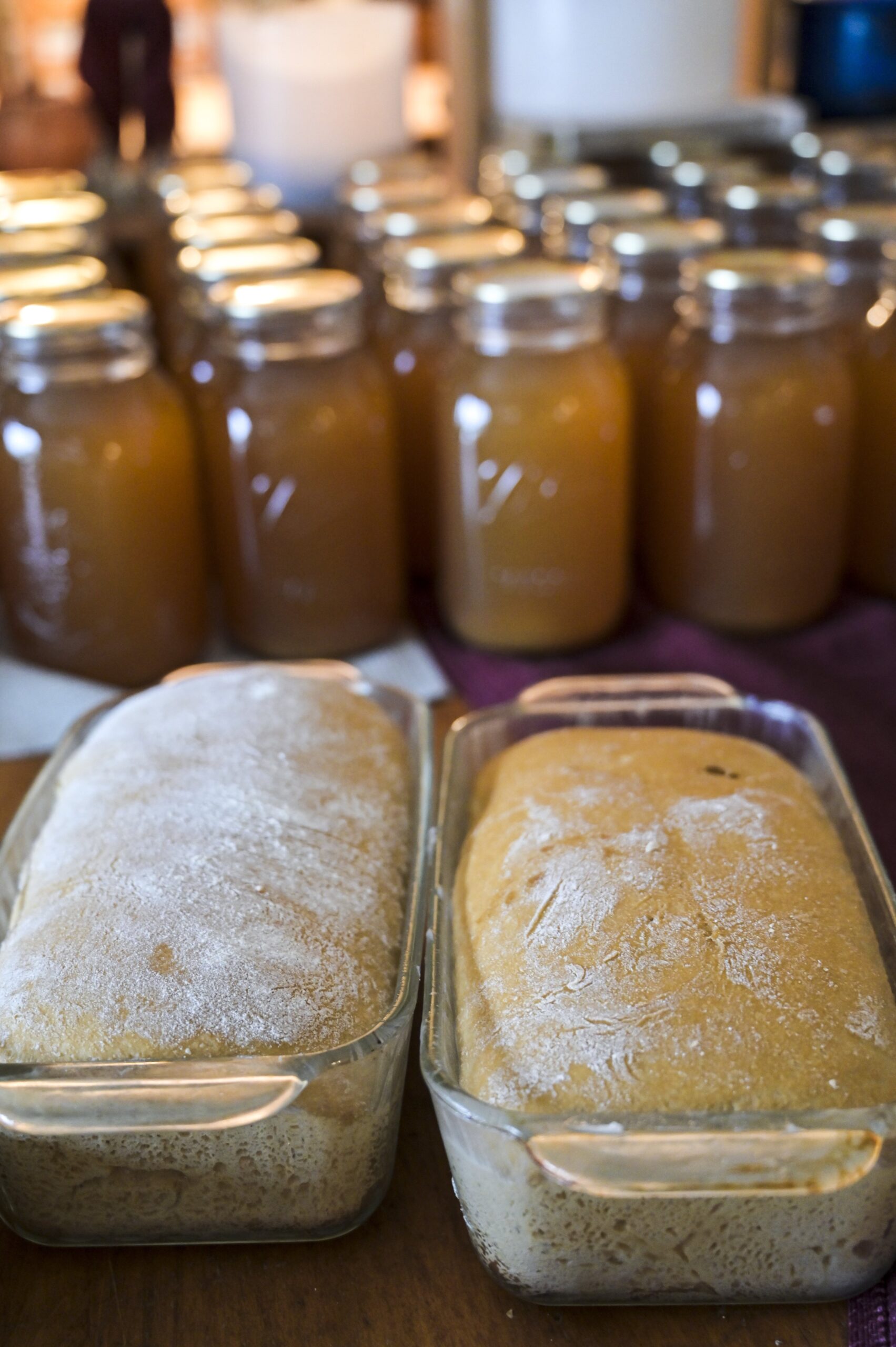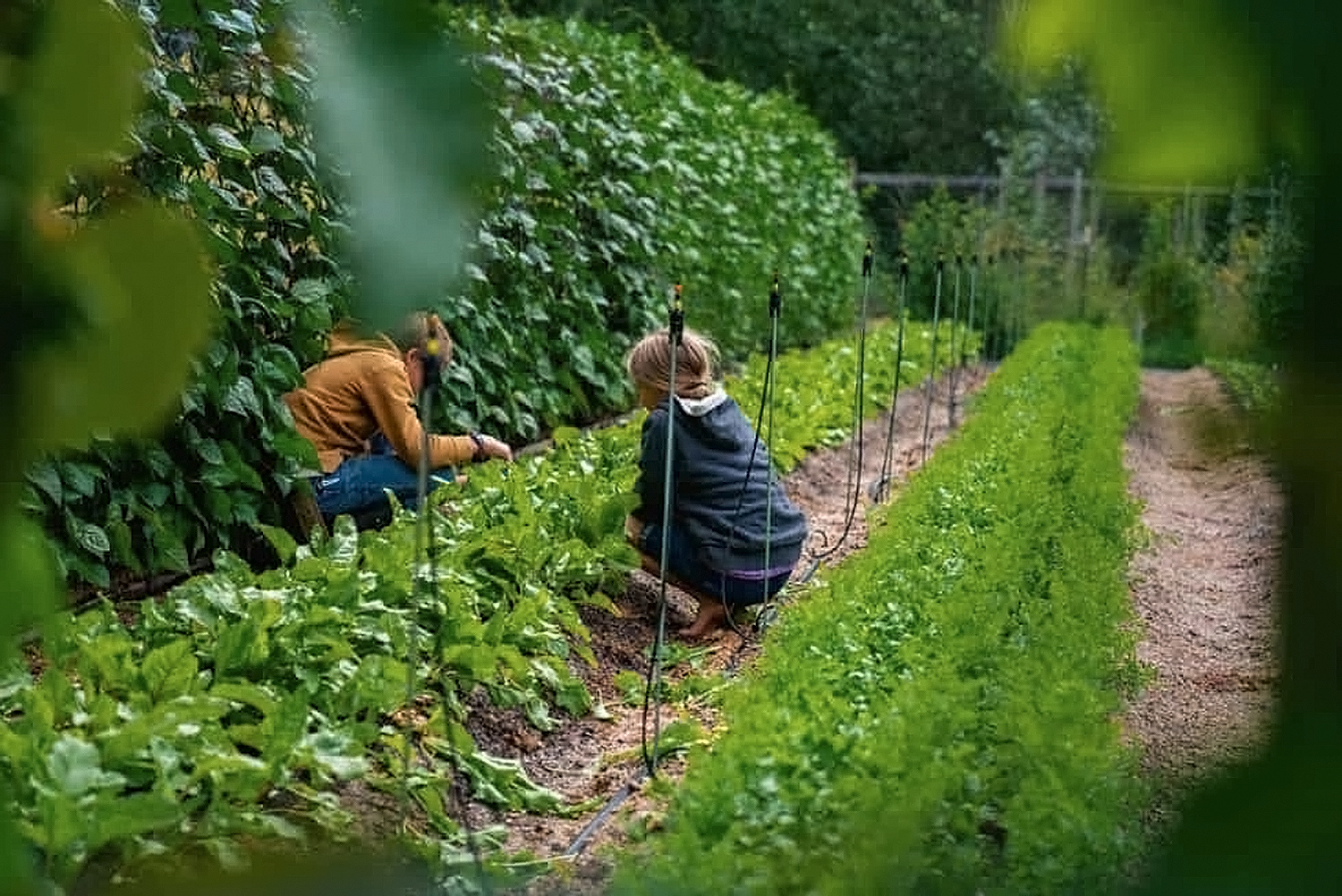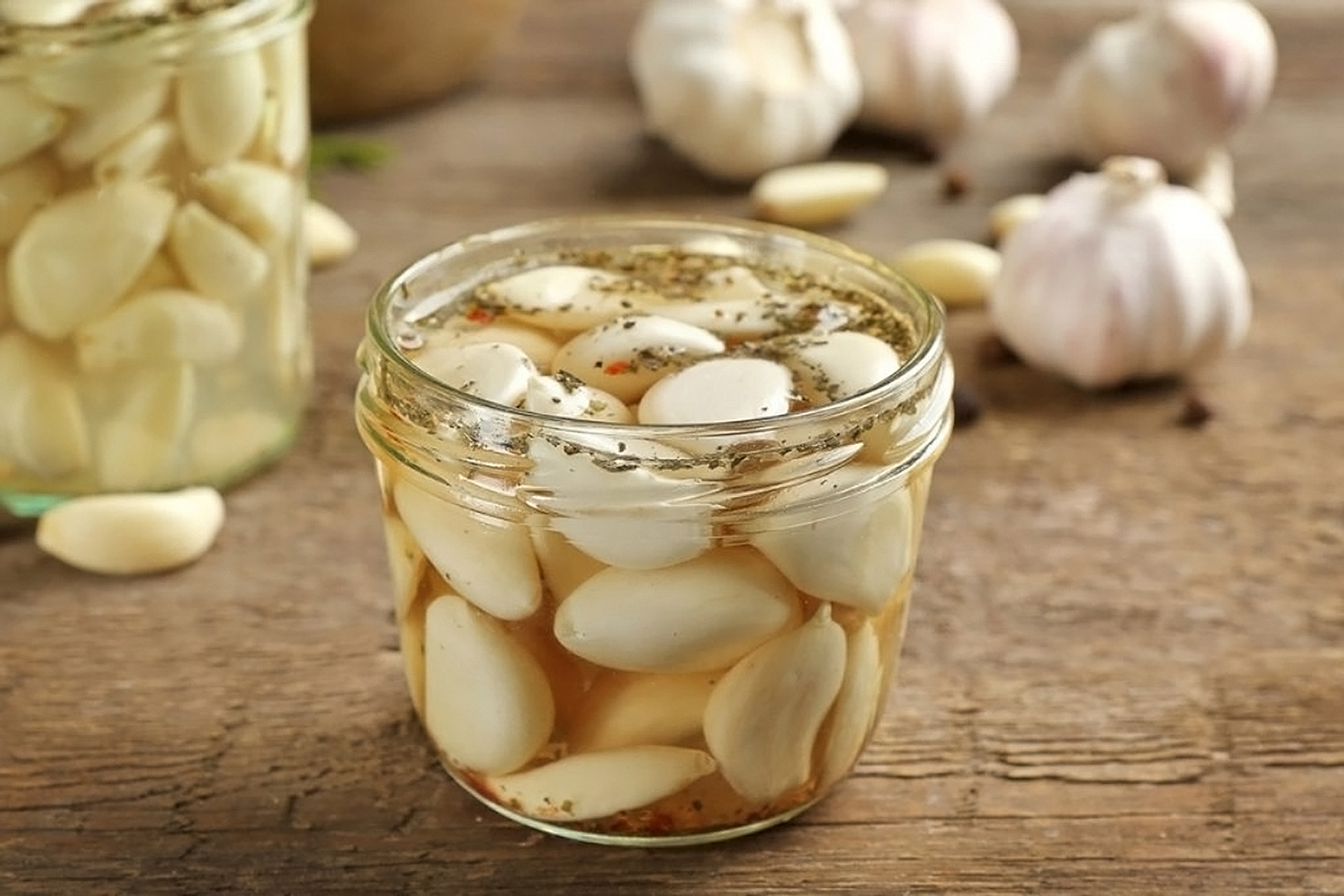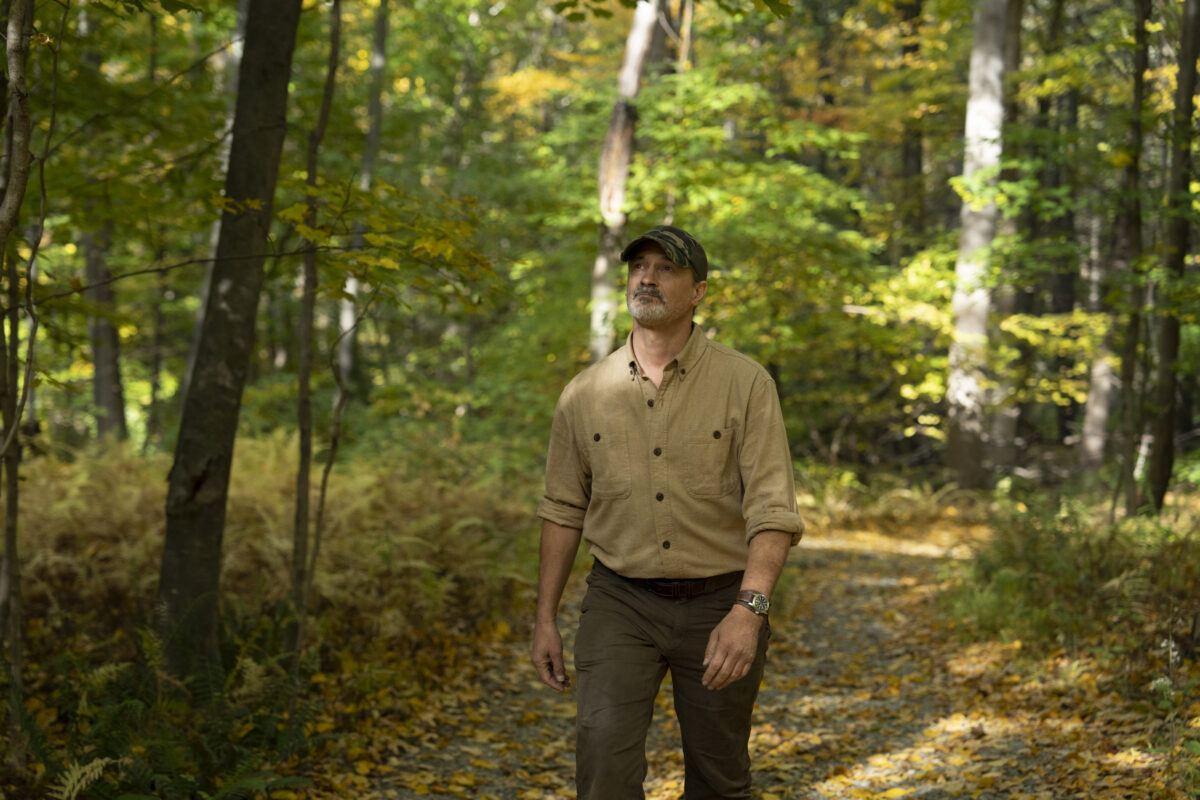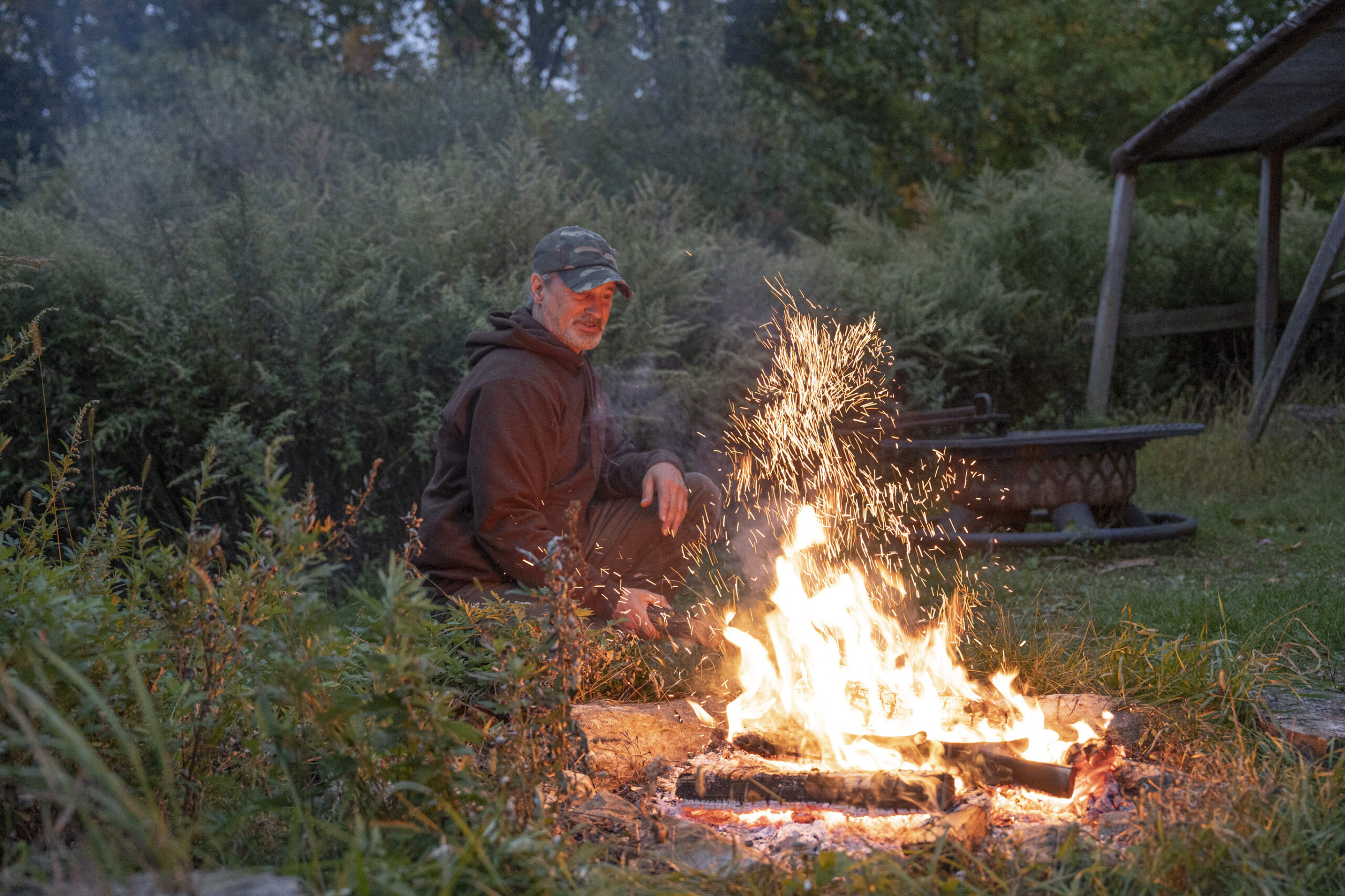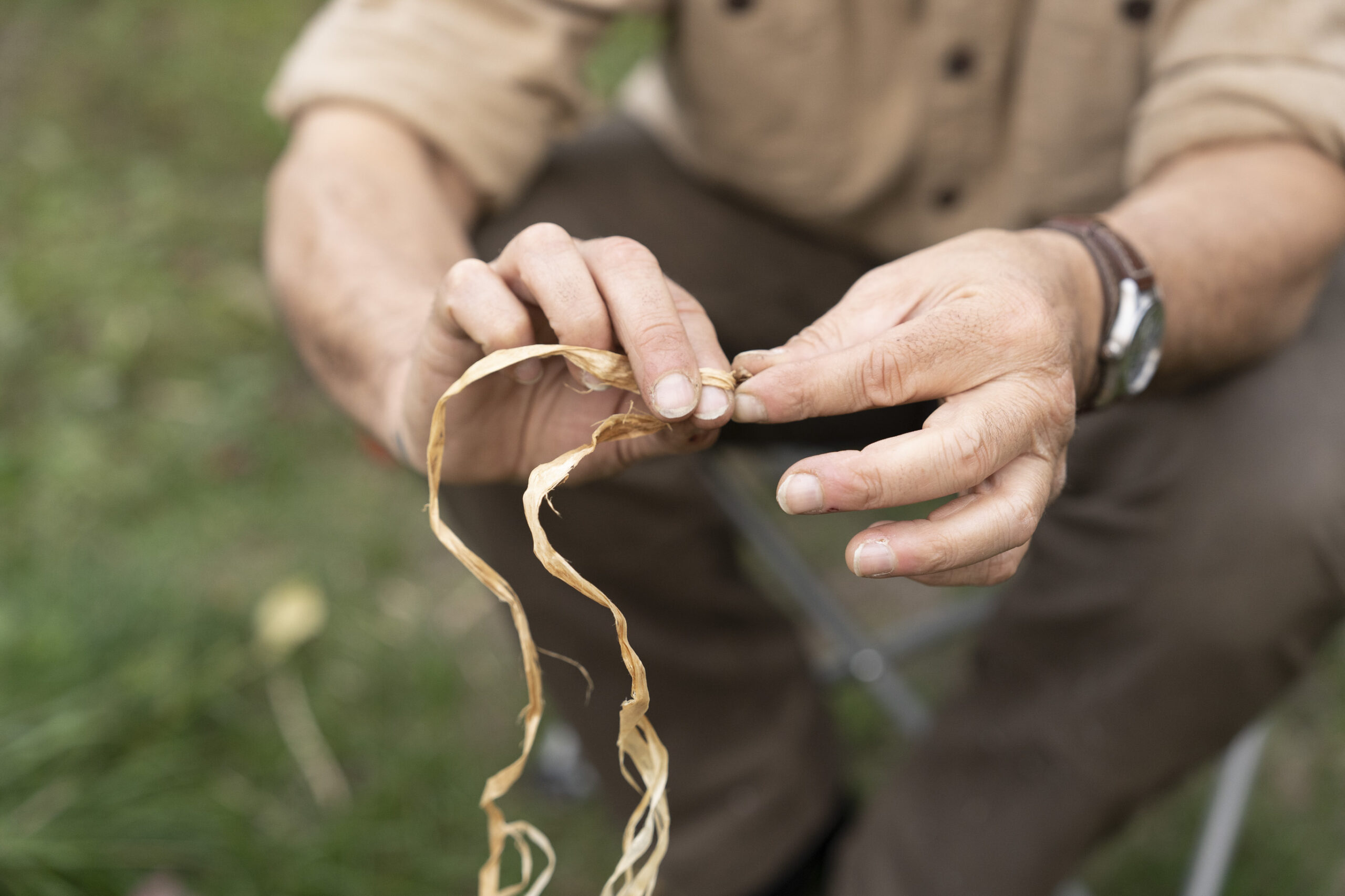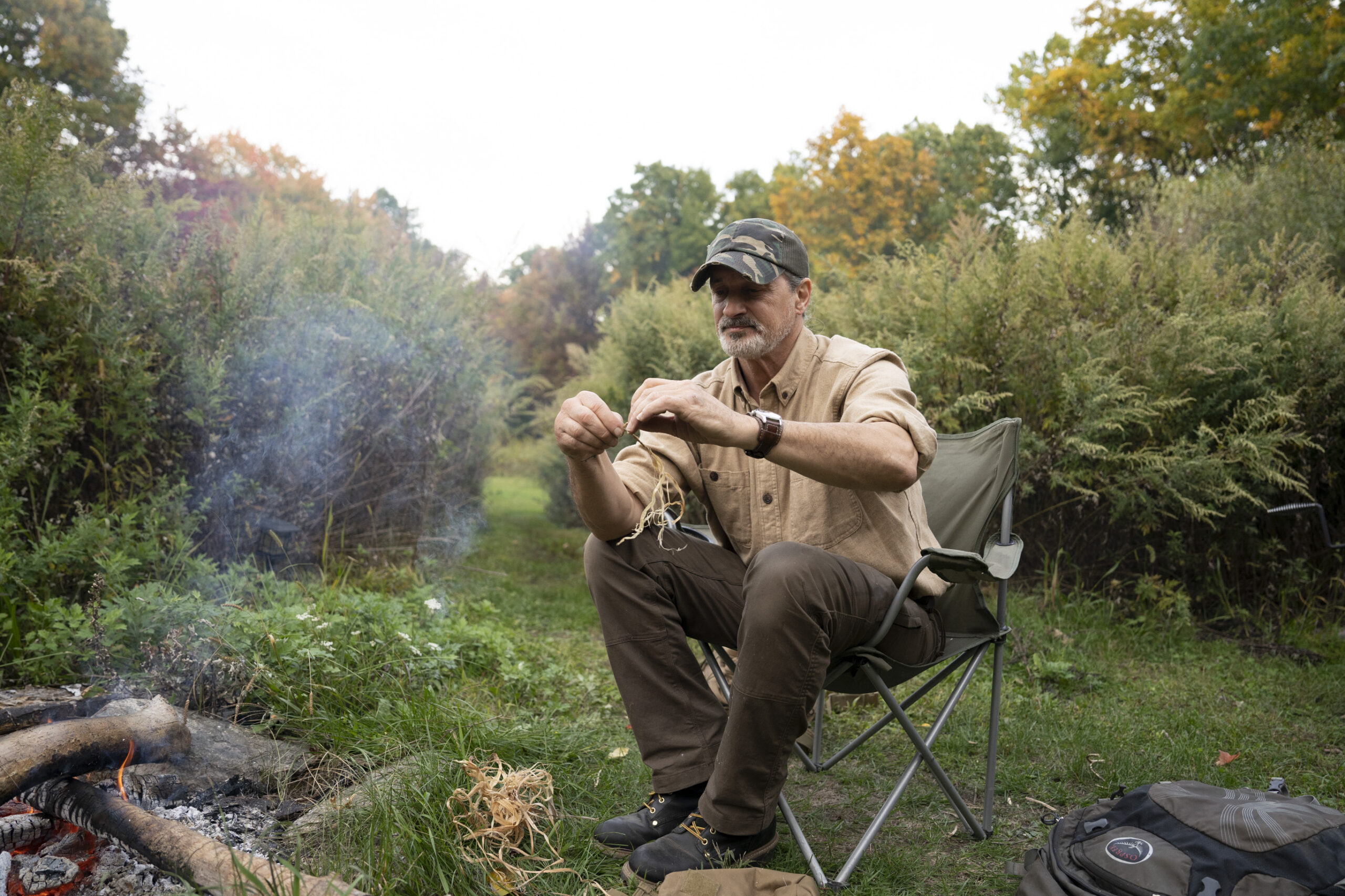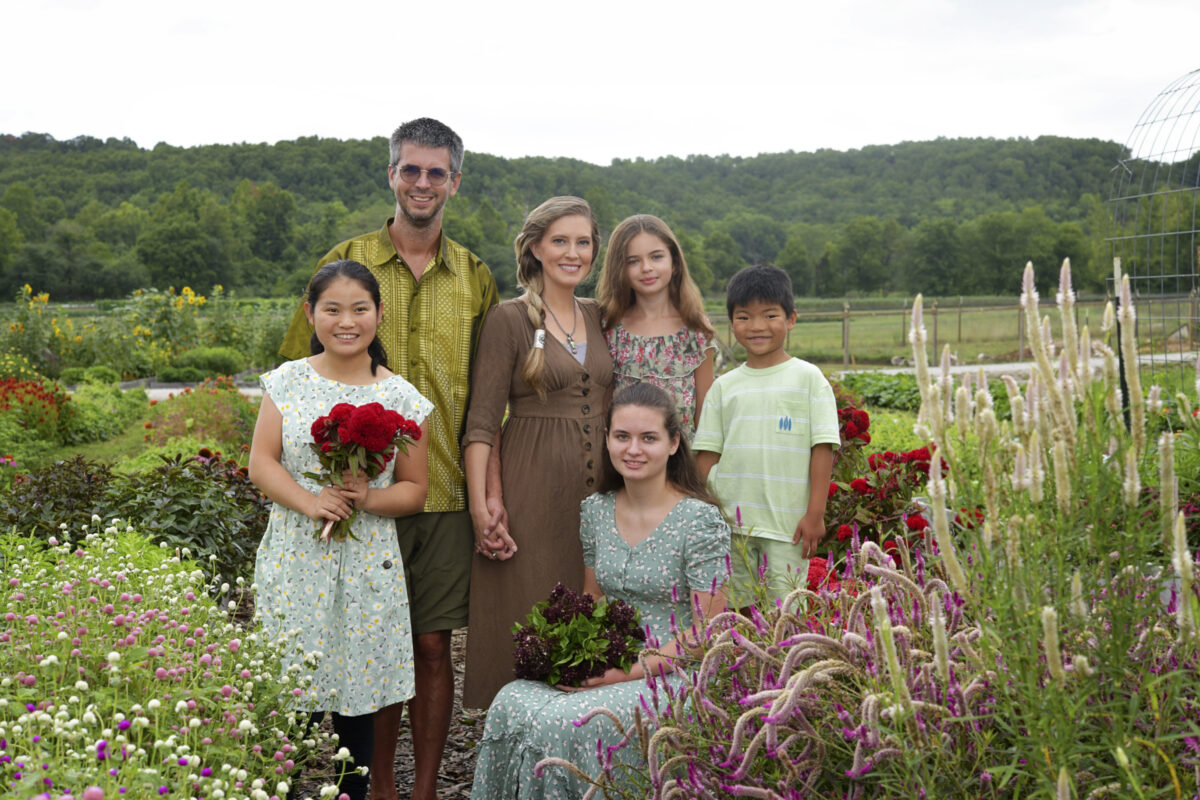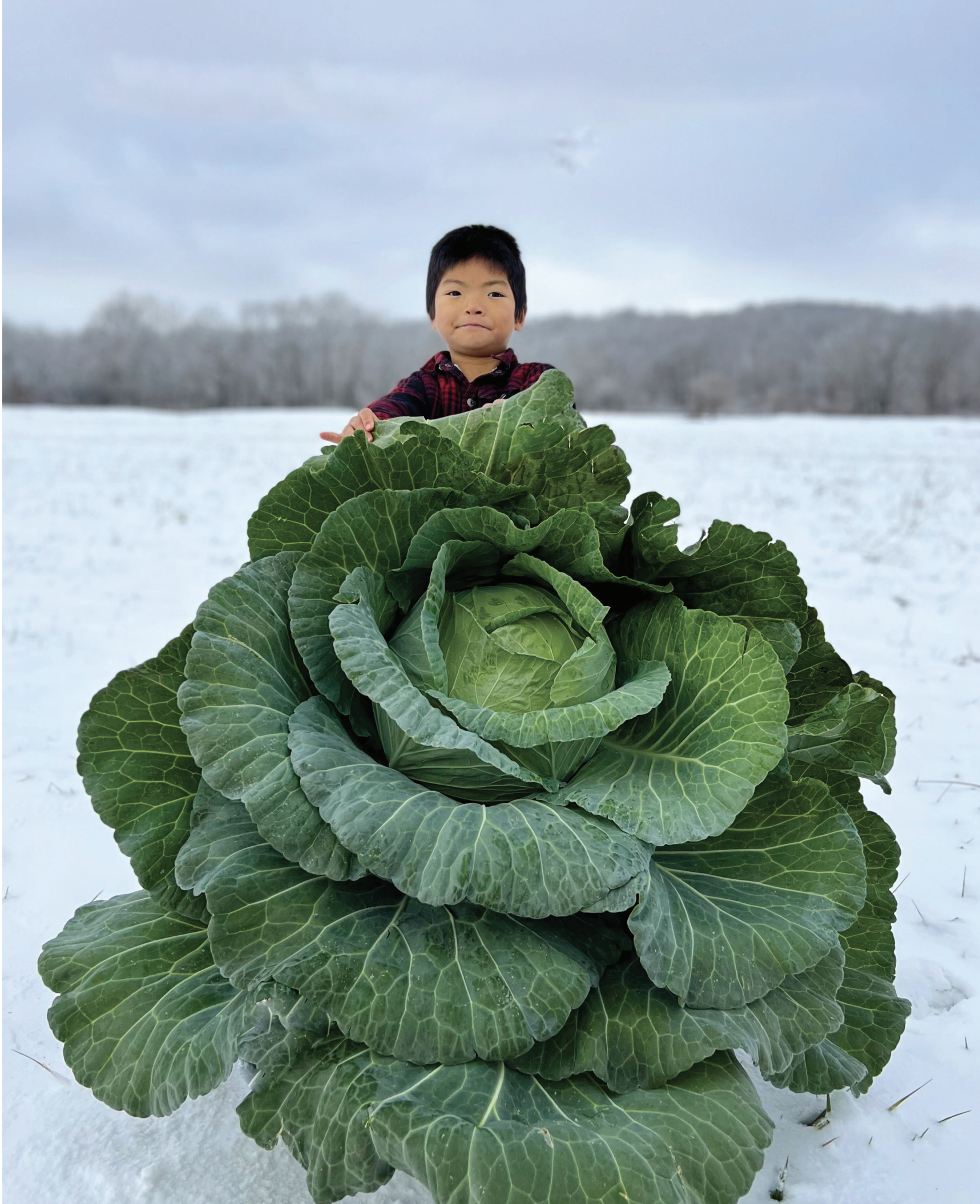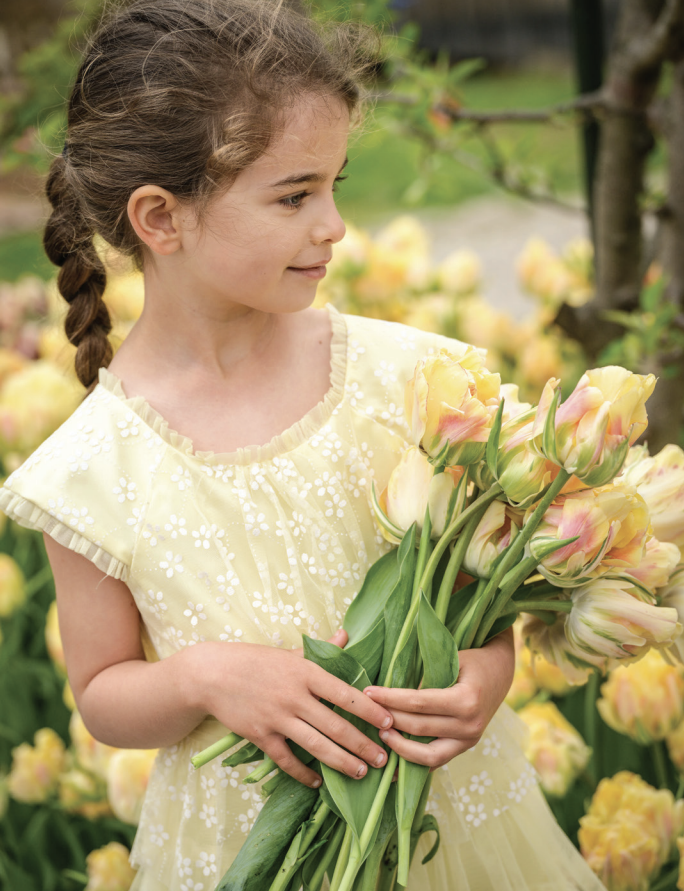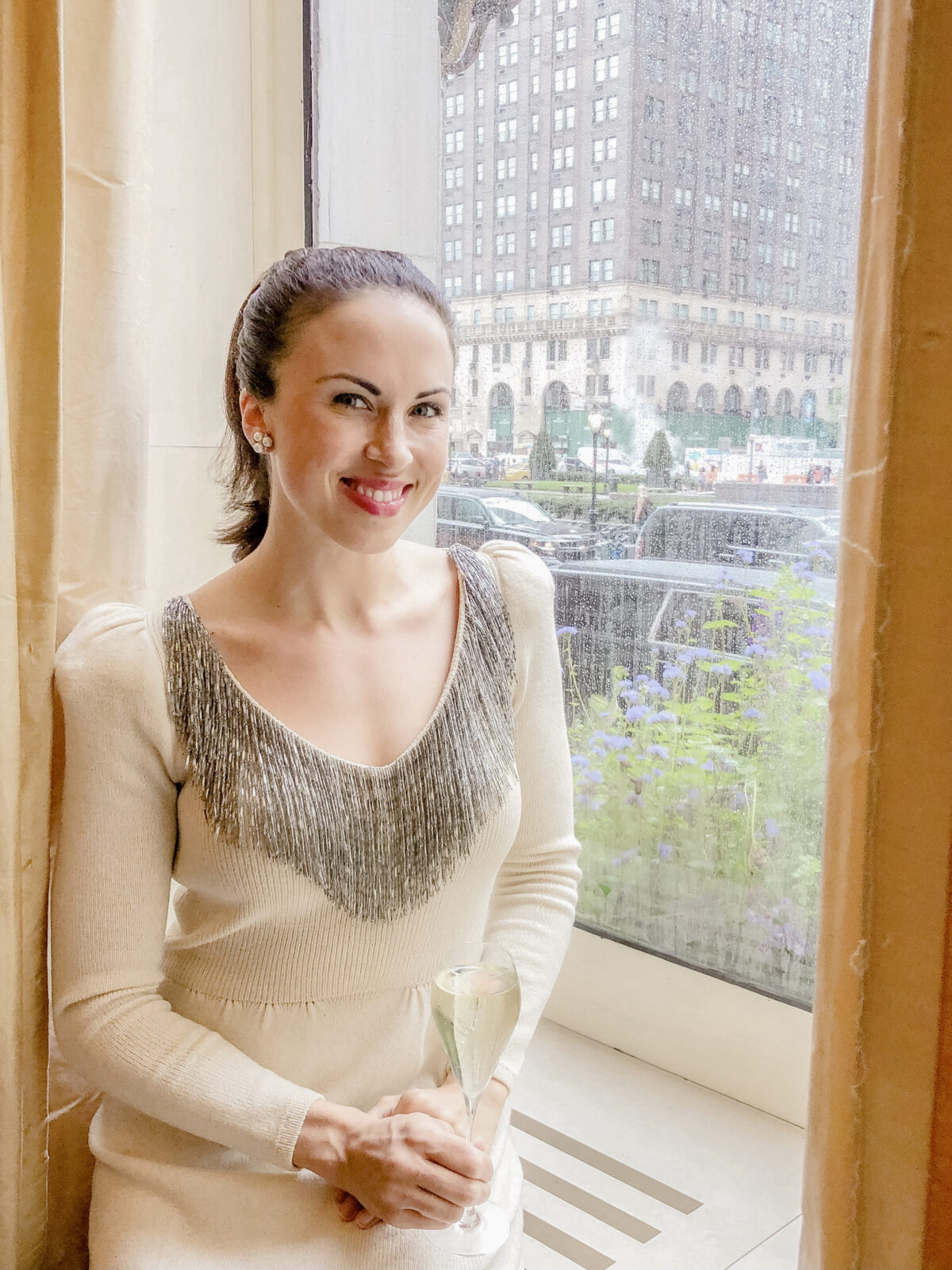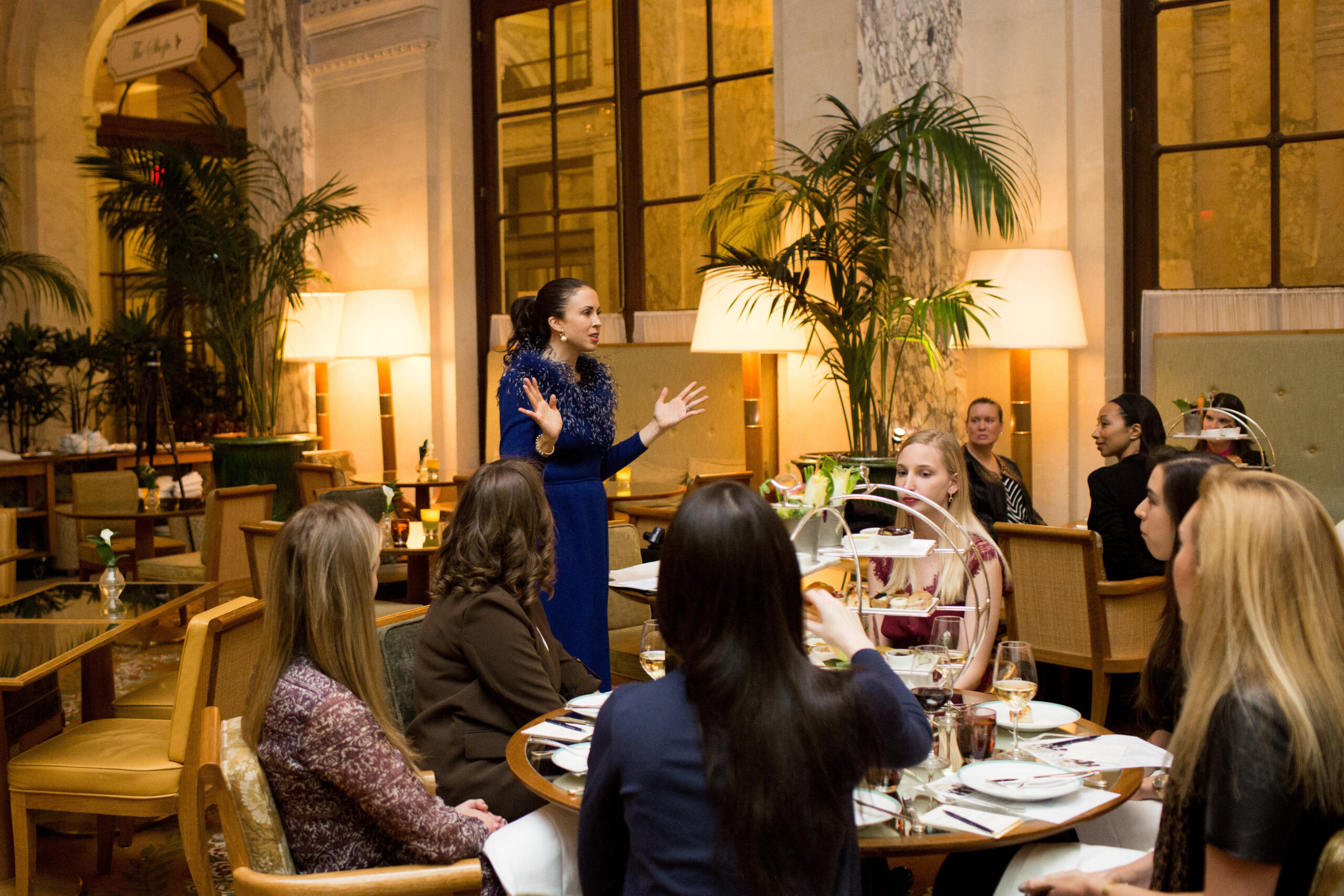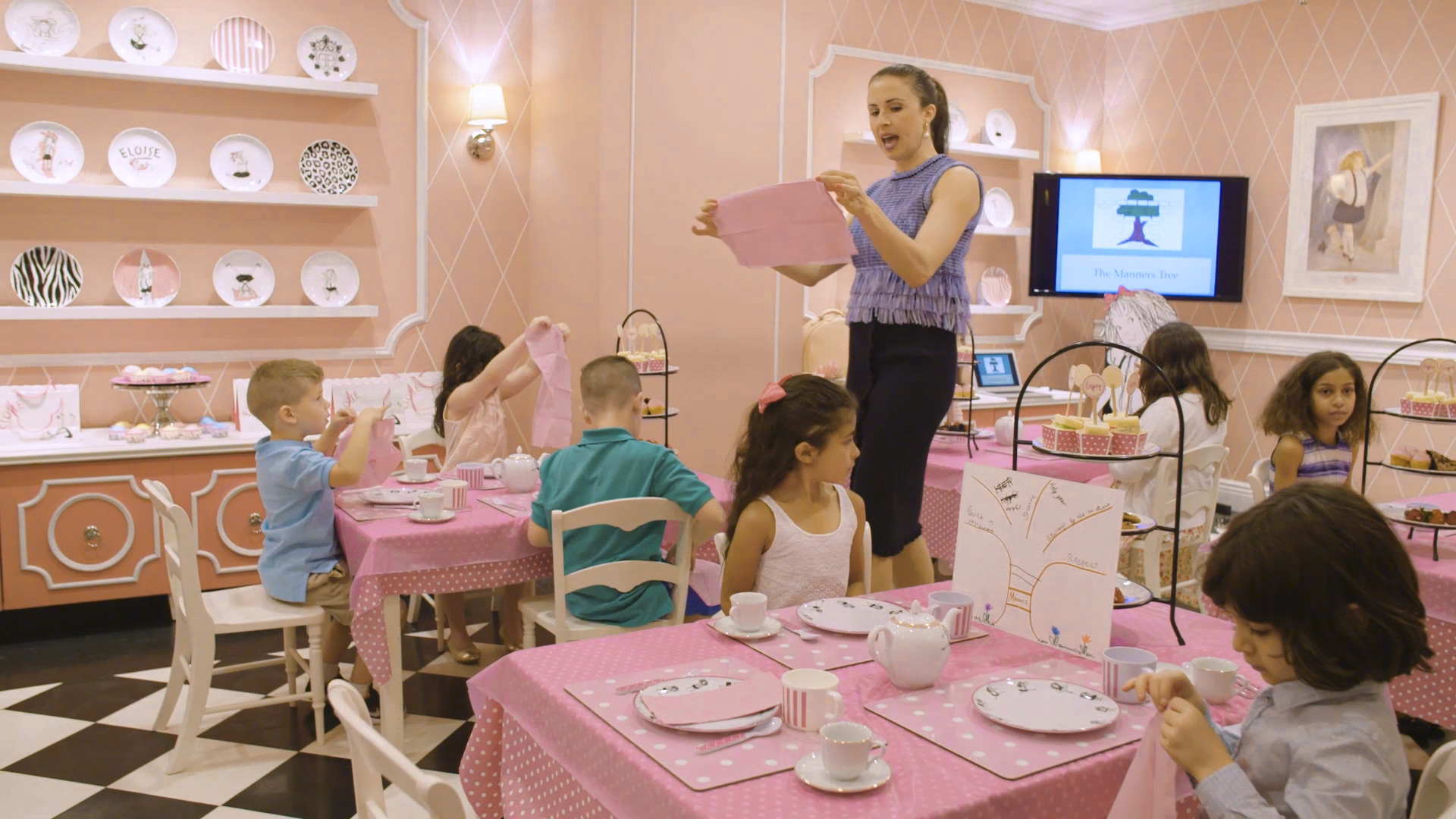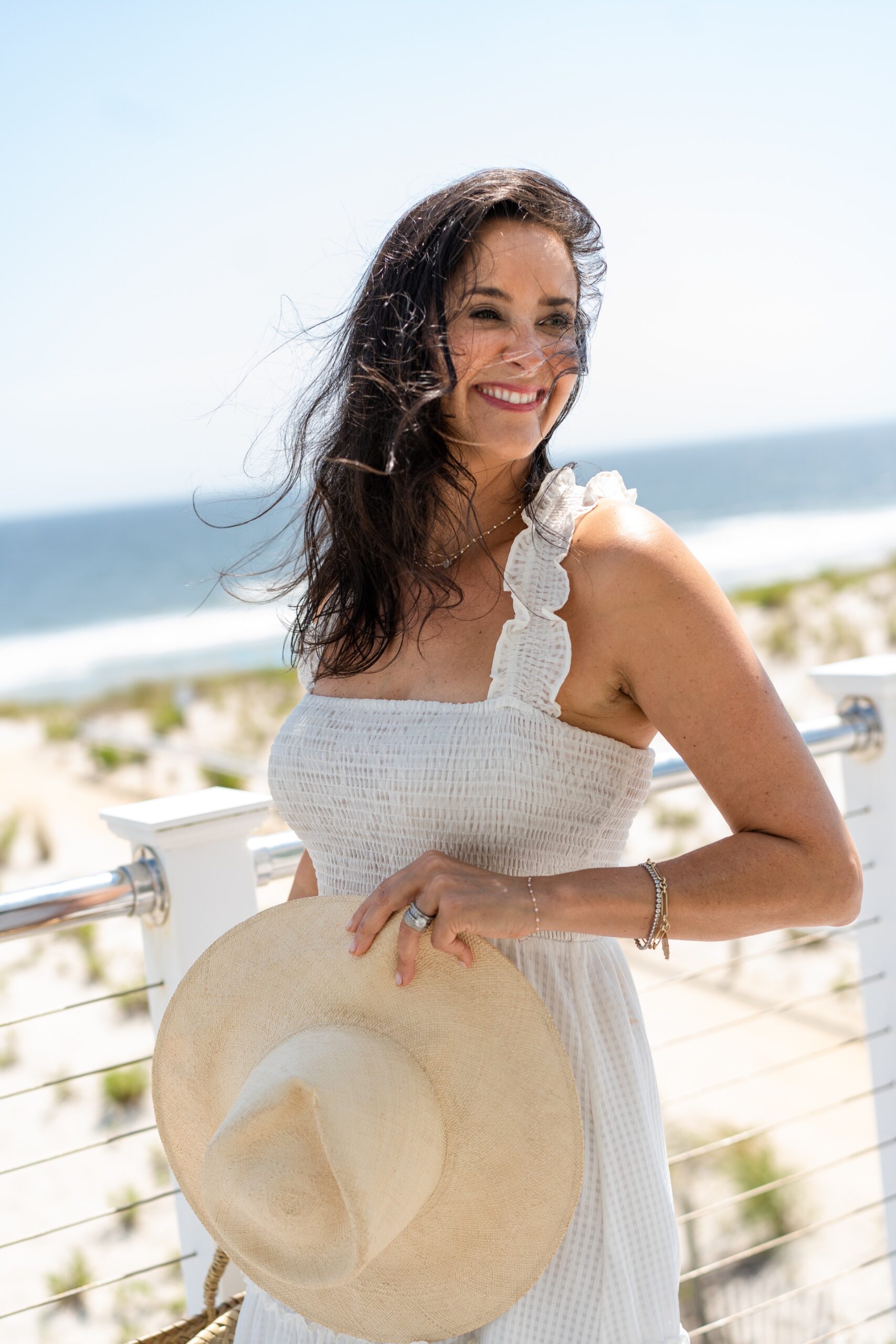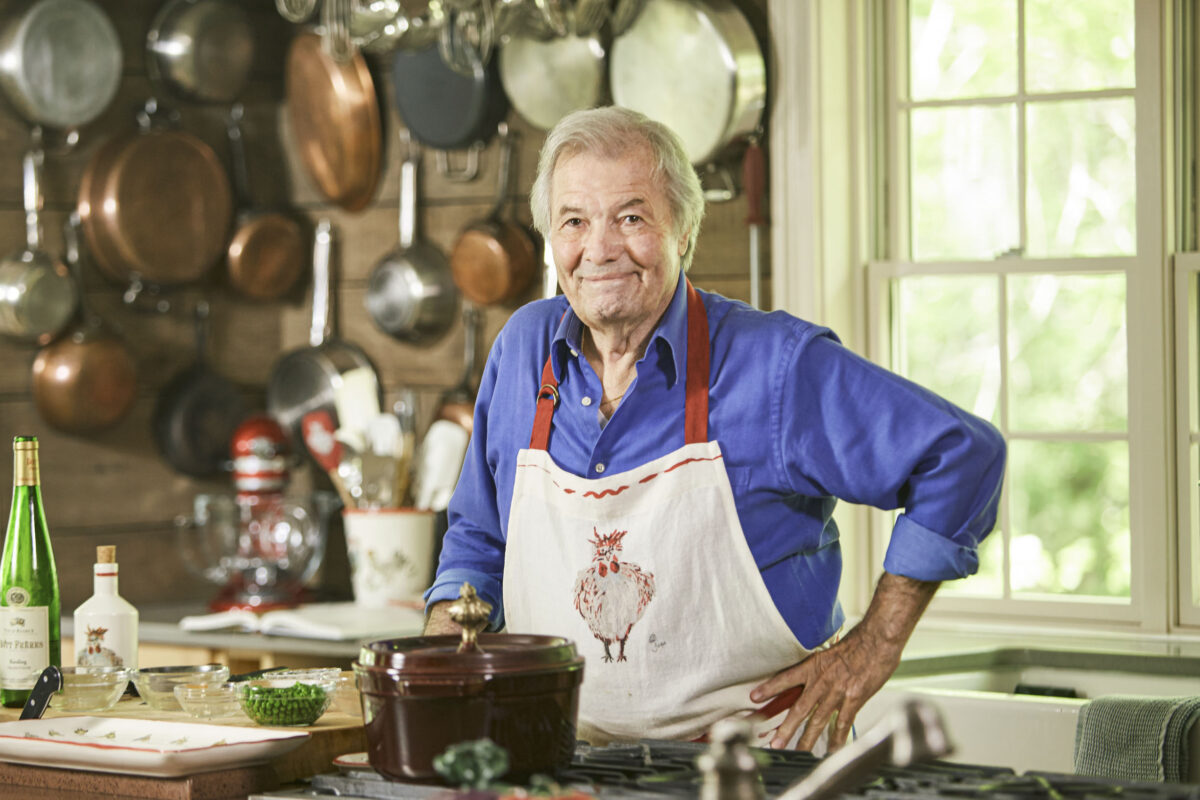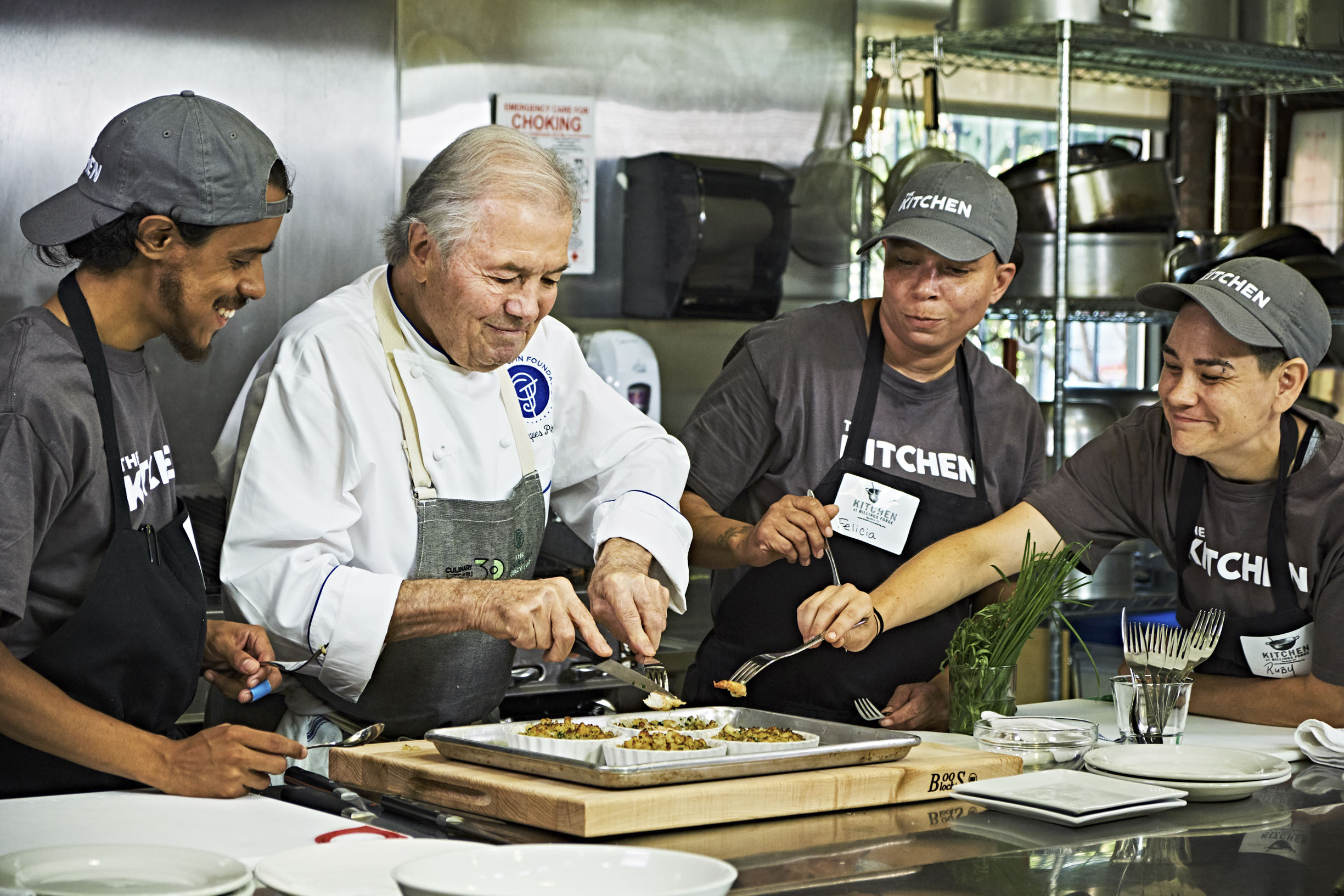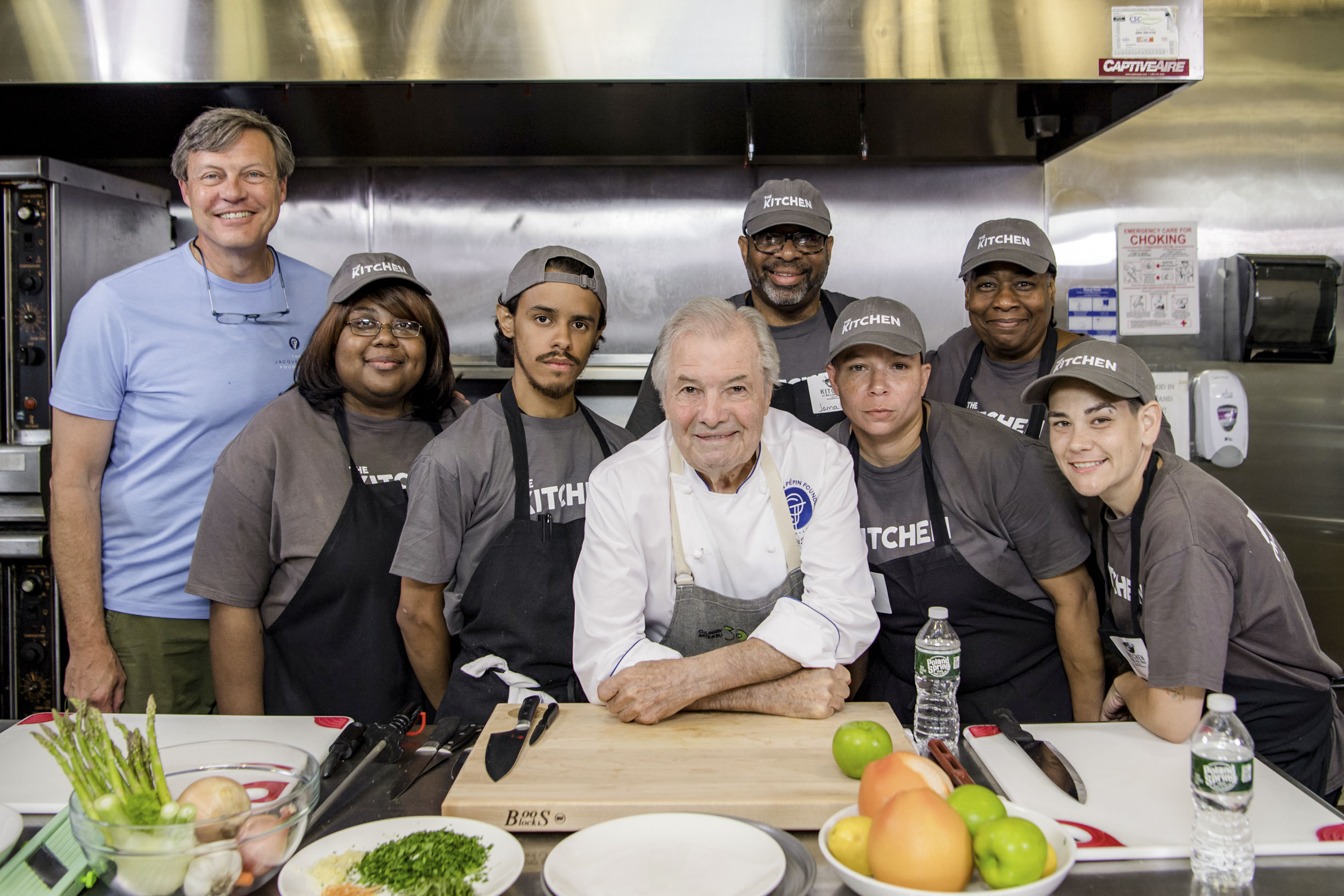Mariel Hemingway was born four months after her famous grandfather, Ernest Hemingway, committed suicide with a shotgun. Growing up in a family blessed with creative passion and shadowed by mental health crises was a balancing act if ever there was one.
“There have been seven suicides in my family. While it is amazing to be Ernest Hemingway’s granddaughter, there were moments when I thought, ‘Oh no. Does this mean I’m next?’” Hemingway said.
As a child and young adult, she watched the members of her family struggle with their passions and their pain, and she felt her own lack of balance threatening to derail her. The so-called “Hemingway curse” weighed down on her. Until she decided to fight back.
“Sometimes we put meaning to something that happened in the past and think it’s a curse. We have the ability, though, to change how we think,” Hemingway said. “The way to create a world where you’re not a victim of where you came from is to define your story. Awareness is everything. Once you become aware of the story, you don’t have to be its victim.”
Now, the actress—who began acting at age 14—is also a writer, public speaker, and outspoken mental health advocate. She’s passionate about encouraging others along their own mental health journeys, and sharing how her holistic lifestyle is central to her happiness and well-being.
American Essence spoke with Hemingway from her home in Venice, California, about her childhood, a life-changing experience with the Dalai Lama, and her routines and rituals for wellness and balance.
This interview has been edited for clarity and brevity.
American Essence: What were the steps of your own mental health journey, from the time you were a child until you started to find your own balance?
Mariel Hemingway: I grew up in this amazing, creative family. However, my father suffered because his father, a great man, was probably not a great father. My father drank a lot. My mother also drank. She had lost her first husband, the love of her life, in World War II. They’d only been married for nine months, and he was shot out of the sky. There was a tremendous amount of tension between my father and my mother.
I spent a lot of time as a child trying to make myself invisible, at the same time wanting to be noticed. I used to go outside and hope that somebody would notice I was gone. I’d come back after hours had passed and nobody had realized I wasn’t there.
When I was about 10, I decided I was going to fix them all. I was going to pick up the wine glasses and broken bottles after they’d had a fight. I really believed it was my role. I feel for my parents because my two older sisters both had mental illness. And me, I was the good girl, doing everything right and helping Mom and cleaning the house, thinking that I could be the savior.
At the back of my mind was always the fear that I might end up like my mom or dad or my sisters. I started to think the way to control myself was to control what I ate, my exercise—I overdid everything in order to try to find balance.
Over time, and trying to follow gurus and diets and exercise routines, I realized that my solution was within me. I spent countless years giving my power to everybody else and thinking that somebody had an answer for me until I realized it was me.
AE: How did you come to realize that you already held the answers?
Ms. Hemingway: I had an experience in India with his holiness the Dalai Lama. It was in a small group of people and he was listening. I sat next to him. He kept looking at me—he has this wonderful smile. The other people were asking important questions and I was just sitting there. But as I stood up to go, he put his hand on my hand and he looked me in the eye and he said, “You’re OK.” And he took my breath away.
Over the next couple of years, day by day, I understood it more: “Oh, I am OK!” Now that’s my message to others: You’re already OK. Let’s find the tools that work for you to chip away at habits of mind or body that interfere with you being OK. I want to help people break free of belief systems that tell them they’re not OK, they’re broken. I don’t believe anybody’s broken.
Mental health is an ongoing journey. Every day I’m finding my balance. You need to find peace within the choices that you make, or you will be chaotic. We need to find our balance every single day.
AE: What are your tools for finding your balance every day?
Ms. Hemingway: My tools are my lifestyle, which is simple and ritualistic. My lifestyle is the only reason that I am feeling happy, healthy, and better about my life than I ever have.
Morning is a very important time for me. How you start your day is how the day will unfold. I start my mornings with a prayer, by being grateful, and by paying attention to my breath.
One of my tools is belief in something greater than myself: I believe in God and that belief is strong in my character, and it is a connection to earth and all that is beautiful. Nature was always the thing that literally grounded me when I was a child. I didn’t know that the fact that I loved being barefoot was actually helping me.
Being intentional is an important tool. Making deliberate choices about food, being aware of my breath, my thoughts, aware that I drink water. We take these things for granted, but if we start to pay attention to them, we start to live in the present.
To be present is to know where you are in the moment. Multitasking is really just an inability to stay here. If we aren’t present, we can get wrapped up in what has happened or what’s going to happen and we forget about the importance of this moment, right now.
AE: What advice do you have for someone who is struggling?
Ms. Hemingway: Talk to somebody right away. Don’t let it fester inside and become bigger than it needs to be.
Then, try to look at your lifestyle and habits and see where you could make some shifts. Lifestyle is powerful. Food is really significant: If you’re eating too much sugar or processed food, it all has an effect. Stick with simple, real foods.
Try to form habits of being outside and getting connected with the earth. A while ago, I had a friend who was really struggling. I phoned him and recommended that he go outside. I said, “I want you to look up at the sun. Take your shoes off, even if you’re in the city. Sit there, stand there, walk, whatever. Take at least 20 minutes and then call me back.” He called me in about an hour and a half and said he couldn’t believe how different he felt. When you change your energy by going outside, it’s going to shift things.
Laugh, play. I remember when my kids were young, I would watch them play and feel jealous. I grew up in a family where I became an adult too fast, and I didn’t know how to play. But if you think about it, play is instinctive to children. Why shouldn’t we adults also have fun and play?
AE: What can people do to help when someone they love is struggling?
Ms. Hemingway: Listen. Don’t say anything. Anybody who is struggling needs to be heard. Learn to be a good listener. Most people don’t know how to listen because they’re thinking about what they want to say. If somebody’s in pain, they probably feel isolated, lonely, unheard, and unseen. For you to witness them in their pain is the most powerful thing you can do to help.
At a Glance
Lives in: Sun Valley, Ida. and Venice, Calif.
Notable Films: “Lipstick” (1976); “Manhattan” (1979); “Running From Crazy” (2013), a television documentary about her family; “God’s Country Song” (2023)
Notable Books: “Finding My Balance: A Memoir” (2001), “Out Came the Sun: Overcoming the Legacy of Mental Illness, Addiction, and Suicide in My Family” (2015)
From Sept. Issue, Volume 3

